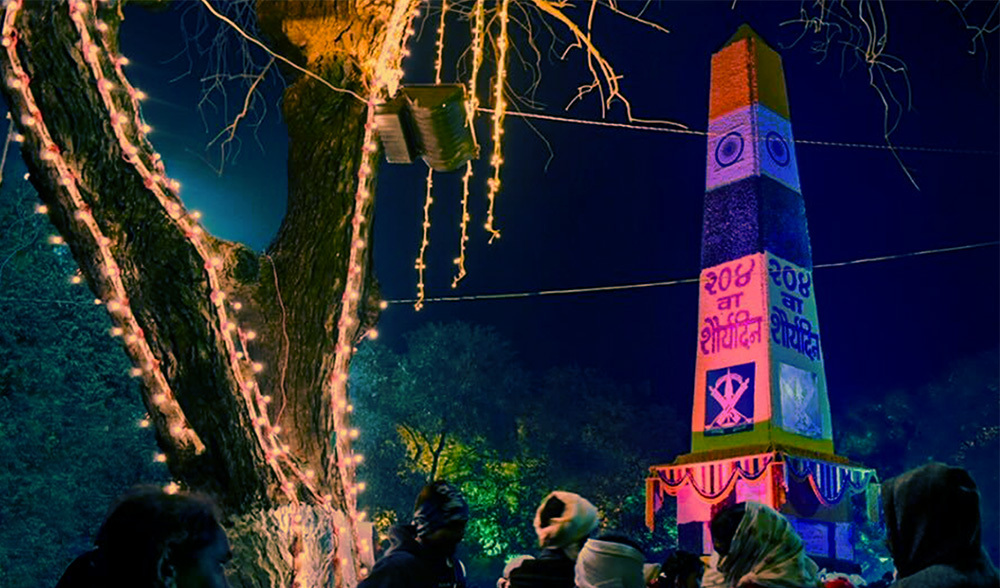
The Bhima-Koregaon Memorial on the 204th Anniversary of the Battle of Koregaon. (PTI Photo)
William Whyte in his paper How Do Buildings Mean? Some Issues of Interpretation in the History of Architecture writes, “As a building is planned, built, inhabited, and interpreted, so its meaning changes. The underlying logic of each medium shapes the way in which its message is created and understood.” The Bhima-Koregaon memorial on the outskirts of Pune is a classic example. Every year, on the first of January, thousands of Dalits throng the memorial. Their journey to do so is regarded as no less than a pilgrimage. The memorial was built to commemorate the defence of the Koregaon village by the East India Company’s troops battling the Peshwa’s army during the Third and last Anglo-Maratha War which took place over a century ago.
So how did a monument built to signify British imperial power become a site of such significance for castes that were deemed ‘untouchable’?
Built on the site of the Battle of Koregaon, the memorial includes the names of 49 soldiers who died fighting for the Company’s army. Of these 49 names, 23 include the suffix “-nac” which was exclusively used for sepoys of the Mahar caste. In the battle that ensued on the 1st of January, 1818, no side won a decisive victory.
However, Shraddha Kumbhojkar writes in her article Contesting Power – Contesting Memories, “As this was one of the last battles of the Anglo-Maratha wars that soon resulted in the complete victory of the Company, the encounter quickly came to be remembered as a triumph.”
Since the majority of the Sepoys who died fighting for the Company were Mahars, the Koregaon memorial also became a site which marks the valour of the Dalit soldiers. Kumbhojkar writes, “The story of Koregaon is not just about a straightforward struggle between a colonial power and a native one; there is another important but largely ignored dimension to it— caste.” The Peshwa’s army which the Company sepoys fought at Koregaon was noted for its ‘upper’ caste command.
Uma Chakravarti in her work, Rewriting History: The Life and Times of Pandita Ramabai writes, “In eighteenth century Maharashtra the Peshwai sought to recreate, at least ideologically, the Brahmanical Hindu kingdom which tried to strictly uphold the Brahmanical social order. In this situation privileging Brahmanas and suppressing other castes went together. In Poona, the seat of the Peshwai, Mahars were not allowed within its gates after 3 pm as their long shadows would defile people of higher castes. They were also required to carry an earthen pot tied around their necks to contain their spittle lest it defile an unwary caste Hindu, and also to sweep off their defiling footprints.”
Therefore, the Koregaon memorial “has become an iconic site for the former untouchables because it serves as a reminder of the bravery and strength shown by their ancestors— the very virtues the caste system claimed they lacked [Kumbhojkar].” Especially in the late 19th century, when the British stopped recruiting Mahars into their armies, the memorial served as a reminder of the valour and sacrifice of the Mahar soldiers who had died fighting for the British cause in 1818. For the Dalits, writes Kumbhojkar, “Military service was perceived to help open the doors to economic as well as social emancipation.” For several of the early Dalit leaders like Gopal Baba Valangkar and Shivram Janba Kamble, “the Koregaon memorial had become a focal point; various meetings were held at the obelisk during which Kamble and other leaders invariably reminded the untouchables of the valour and prowess exhibited by their forefathers [Kumbhojkar].” It was the same Kamble, Kumbhojkar notes in her paper, who had invited BR Ambedkar in 1927, on the anniversary of the Battle of Koregaon, to address a gathering of Dalits. Ambedkar, Kumbhojkar writes, “Could not fail to appreciate the significance of the memorial for advancing the cause of emancipation of the untouchables and not only made an inspiring speech before the gathering but also supported the idea of reviving the memory of the valour of their forefathers by visiting the memorial annually on the anniversary of the battle.”
Hence, over time, the Koregaon memorial has been adopted as a symbol of caste struggle. Kumbhojkar also comments on the religious import that has accrued to the monument: “Among the neo-Buddhists in western India, the pilgrimage to the Koregaon memorial emerged as one of the invented cultural practices and thousands of them throng to the memorial every New Year day to commemorate the valour of the Mahars who helped to overthrow the unjust high-caste rule of the Peshwa.”
To know more about how a monument which was built to “reconfirm the belief of the British in their own power, [but which] today serves much the same function but for a different group of people – former untouchable Mahars – who had no choice but to collaborate with the colonisers against a tyrannical native regime,” read Kumbhojkar’s article Contesting Power – Contesting Memories: The Obelisk at Koregaon reproduced in full below.
The obelisk at Koregaon is characterised by a surprising commemorative history. A memorial to a bloody encounter within an imperial war, this monument provides a case study which illustrates that contestations of memories often bear the imprint of contestations for hegemony that are played out in the present.
The obelisk at Koregaon in Western India, built as a demonstration of empire builders’ belief in their own power and military prowess, serves a similar function today, but for a different group of people: the former Untouchables who had collaborated with the colonizers against what they perceived as a tyrannical indigenous regime.
The recently emerged tradition of an annual pilgrimage to the memorial, should be seen as an effort at creating and popularizing an alternative culture of the former Untouchables, now known as Neo-Buddhists. While Indian society grapples with the problem of accepting the equality of its various castes, one can witness different pathologies of memory surrounding the monument. Today, both amnesia and pseudomnesia are associated with the Koregaon memorial, defying the locus of a person in the discourse on social justice in present-day India. The memorial had faded into oblivion from British public memory long before the end of the imperial rule. However, it has undergone a metamorphosis of commemoration and now signifies something quite different from what was originally intended.
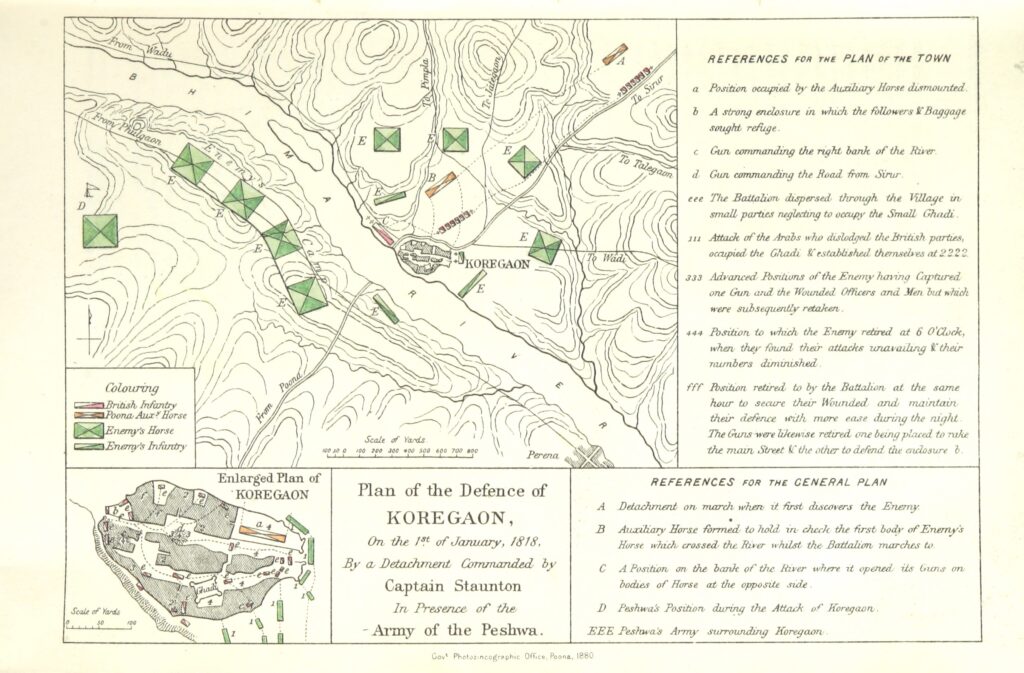
British defence plan during the Battle of Koregaon from Gazetteer of the Bombay Presidency (Ed). Sir James M. Campbell, p. 259. Published in 1896. British Library.
The political ascendancy of the British East India Company in Eastern and Northern parts of India dates back to the battle of Plassey in 1757. From then on it gradually began extending its political hold to the other parts of India. During the same period, from their base in Pune in Western India, the Peshwa rulers (1707-1818) were also extending their political influence. Clashes between the Peshwas and the Company seemed inevitable. On 1 January 1818, a battalion of about 900 Company soldiers, led by F. F. Staunton from Seroor to Pune, suddenly faced a 20,000-strong army commanded by the Peshwa himself. The encounter took place at the village of Koregaon on the banks of the river Bheema. In the words of Grant Duff, a contemporary official and historian, “Captain Staunton was destitute of provisions, and this detachment, already fatigued from want of rest and a long night march, now, under a burning sun, without food or water, began a struggle as trying as ever was maintained by the British in India.” The battle was not decisively won by either side, but in spite of heavy casualties, Staunton’s outnumbered troops managed to recover their guns and carry the wounded officers and men back to Seroor.
As it was one of the last battles of the Anglo-Maratha wars, which ended with a complete victory of the Company, the encounter quickly came to be remembered as a triumph. The East India Company wasted no time in showering recognition on its soldiers.
While Staunton was promoted to the honorary post of aide de camp by the Governor General, the battle received special mention in Parliamentary debates next year. A memorial was commissioned and a year later, Lt Col Delamin, who was passing by the village, could already witness the construction of a 60-foot commemorative obelisk.
The Koregaon memorial still stands intact today. It is supposed to commemorate the British and Indian soldiers who ‘defended the village with so much success’ when the British East India Company confronted the Peshwa army in a ‘desperate engagement’. Marble plaques adorn the four sides of the obelisk. The two plaques in English are accompanied by translations into the local Marathi language. The Memorial Plaque declares that the obelisk is meant to commemorate the defence of Koregaon wherein Captain Staunton and his corps “accomplished one of the proudest triumphs of the British army in the East.” Soon after, the word ‘Corregaum’ and the obelisk were chosen to adorn the official insignia of the Regiment. In the Parliamentary debates in March 1819, the events were described as follows. “In the end, they not only secured an unmolested retreat, but they carried off their wounded!” In his volume published in 1844, Charles MacFarlane quotes from an official report to the Governor calling the engagement “one of the most brilliant affairs ever achieved by any army in which the European and Native soldiers displayed the most noble devotion and the most romantic bravery.” Twenty years later, Henry Morris confidently added: “Captain Staunton returned to Seroor, which he entered with colours flying and drums beating, after one of the most gallant actions ever fought by the English in India.” Later chroniclers of colonial rule continued to shower praise on the plucky Company force for displaying “the most noble devotion and most romantic bravery under the pressure of thirst and hunger almost beyond human endurance.” In 1885, even the ‘Grey River Argus’, a newspaper published in far-off New Zealand, described the battle in glowing terms. After the turn of the century, though, the colonial commemoration began to fade and gradually the event slipped from Britain’s public memory. The battle is now only mentioned in specialized literature on military history as an example not of British martial capabilities, but of that of the Sepoys.
Today the memorial finds itself just off a busy highway toll booth – a common site in the post-globalisation Indian landscape. Every New Year Day, the urban middle classes who need to use the highway, remind each other to avoid the particular stretch of the highway that passes by the memorial. Their reason for doing so is that “those people would be swarming their site at Koregaon.” Indeed, the memorial has become a site of pilgrimage attracting thousands of people who gather there every 1 January. If one asks the pilgrims what brings them together, there is a clear answer.
“We are here to remember that our Mahar forefathers fought bravely and brought down the unjust Peshwa rule. Dr Ambedkar has started this pilgrimage. He asked us to fight injustice. We have come to take inspiration from the brave soldiers and Dr Ambedkar’s memories.”
Initially, one might be baffled by this admiration for the native soldiers who fought on the British side and lost their lives in a fight against their own countrymen. A careful scrutiny of the list of casualties inscribed on the memorial reveals, however, that twenty-two names from amongst the native casualties listed end with the suffix “-nac”: Essnac, Rynac, Gunnac. The suffix ‘-nac’ was used exclusively by the untouchables of the Mahar caste who served as soldiers. This observation becomes particularly relevant when considered within the context of the caste profile of the Peshwas, who were orthodox and high-caste Brahmin rulers. The story of Koregaon is thus not just about a straightforward struggle between a colonial and a native power. There is another important but largely ignored dimension to it: caste.

Peshwa Bajirao II, who fought at the Battle of Koregaon. Coloured lithograph, Chitrashala Press, Poona, 1888. Wellcome Collection.
The Peshwas, Brahmin rulers of Western India, were infamous for their high caste orthodoxy and their persecution of the untouchables. Numerous sources document in great detail that under the Peshwa rulers, the ‘untouchable’ people who were born in certain so-called low castes were given harsher punishments than high-caste people for the same crimes. They were forbidden to move in public spaces in the mornings and evenings lest their long shadows defile high-caste people on the streets. Besides physical mobility, occupational and social mobility were also denied to these people who formed a major part of the population. Human sacrifices of ‘untouchable’ people were not uncommon under these eighteenth century rulers who had framed elaborate rules and mechanisms to ensure that the untouchables stayed just as their name suggests – untouchable. In 1855, Mukta Salave, a 15-year-old girl from the untouchable Mang caste who attended the first native school for girls in Pune, wrote an animated piece about the atrocities faced by her caste:
‘Let that religion, where only one person is privileged and the rest are deprived, perish from the earth and let it never enter our minds to be proud of such a religion. These people drove us, the poor mangs and mahars, away from our own lands, which they occupied to build large mansions. And that was not all. They regularly used to make the mangs and mahars drink oil mixed with red lead and then buried them in the foundations of their mansions, thus wiping out generation after generation of these poor people. Under Bajirao’s rule, if any mang or mahar happened to pass in front of the gymnasium, they cut off his head and used it to play “bat ball,” with their swords as bats and his head as a ball, on the grounds.’
Peshwa atrocities against the low-caste people have remained ingrained in public memory to this very day.
When the East India Company began recruiting soldiers for the Bombay Army, the untouchables seized the opportunity and enlisted. Military service was perceived as a means to opening the doors of economic as well as social emancipation. Political freedom and nationalism had little meaning for a population who had to choose between a life where the best meal on offer was a dead buffalo in the village and a life where their human dignity was respected – not to mention a decent monthly payment in cash.
While the untouchable soldiers fought on the British side against their own countrymen, the valour they showed is not at all perceived as a shameful memory today. In fact, Koregaon has become an iconic site for the former untouchables as it serves as a reminder of the bravery and strength shown by their ancestors – the very virtues that the caste system claimed they lacked. The memories related to the Koregaon memorial, help to explain how a memorial of colonial victory built in the early nineteenth century has been adapted to serve as a site that gives inspiration to the formerly untouchable people of India.
Throughout much of the nineteenth century, the battle of Koregaon and the memorial were warmly remembered amongst military, imperial and political circles in Britain. At the beginning of the twentieth century, though, British rule was firmly established all over India, and the Koregaon Memorial faded from mainstream commemorative practices. Neither Britain at the height of colonial glory, nor India, which was beginning to receive small doses of independence, had time to commemorate the violent struggle of the days of the Honourable Company. Other lines of tradition were broken, too. The Mahar regiment had continued to demonstrate its bravery and loyalty in the battles of Kathiawad (1826) and Multan (1846). But then, in spite of the low castes’ long-standing military alliance with the British, some Sepoys from the Mahar Regiment, which formed a part of the Bombay Army, joined the “Indian Mutiny” in 1857. This added to a certain reluctance the British had always shown at the enlistment of Mahars. Subsequently, they were declared to be a non-martial race and their recruitment was stopped in May 1892.
Once their recruitment was discontinued, the Mahars soon began to feel the pinch. Gopal Baba Valangkar, a retired army-man founded a ‘Society for Removing the Problems of Non-Aryans.’ In 1894 the members of this society sent a petition to the Governor of Bombay to remind him that the Mahars had fought for the British to acquire their present dominion over India and requested a reconsideration of the decision to exclude Mahars from the Martial races, which deprived them of entry into the military service. The petition was rejected in 1896.
Another leader of the untouchables, Shivram Janba Kamble made an even more sustained effort to achieve the emancipation of the Untouchables. He had been involved in the work of the ‘Depressed Classes Mission’ which ran schools for untouchable children. In October 1910, R. A. Lamb of the Bombay Governor’s Executive Council was invited as the chief guest for a prize-giving ceremony in one of these schools. In his speech, Lamb mentioned his annual visits to the Koregaon Memorial. He drew attention to the ‘many names of Mahars who fell wounded or dead fighting bravely side by side with Europeans and with Indians who were not outcastes’ and regretted that ‘one avenue to honourable work had been closed to these people.’ It is not known whether it was Lamb’s speech that put the Koregaon Memorial back into the limelight or whether it had remained in living memory.
His words certainly lent weight to the argument that it was the Mahars who fought for the British and made them ‘masters of Poona.’
Within the first two decades of the twentieth century, Kamble organised a number of meetings of the Mahar people at the memorial site. In 1910, he arranged a grand Conference of the Deccan Mahars from 51 villages in Western India. The Conference sent an appeal to the Secretary of State demanding their ‘inalienable rights as British subjects from the British Government.’ They made a strong case for letting Mahars re-enter the army and argued that the Mahars were ‘not essentially inferior to any of our Indian fellow-subjects.’ Up until 1916 this request was repeated by various gatherings of untouchables in Western India. As the First World War gathered momentum, the Bombay government eventually issued orders in 1917 providing for the formation of two platoons of Mahars.
The happiness of the Mahars was, however, short-lived. Recruitment was stopped as soon as the war ended. This led to a renewed campaign for recognizing the valour of the Untouchables. By then, the demand had long since assumed the level of a movement for the general emancipation of the Untouchables. Within this campaign the Koregaon Memorial had become a focal point. Various meetings were held at the obelisk during which Kamble and other leaders invariably reminded the Untouchables of the valour and prowess exhibited by their forefathers. On the anniversary of the Koregaon battle on 1 January 1927, Kamble invited Dr Bhimrao Ramji Ambedkar to address the gathering of Untouchables. Ambedkar was not merely another leader of the untouchables. He was by now, as far as Indian politics was concerned, a force to be reckoned with.
Ambedkar was born in 1891, the son of a retired army subhedar from the Mahar caste. In spite of his first-hand experience of caste-based discrimination, he attained a doctorate from Columbia University, a D. Sc. from London School of Economics and was called to the Bar at Gray’s Inn by the age of 32. In 1926, he became a member of the Bombay Legislative Assembly.
He could not fail to appreciate the significance of the memorial for advancing the cause of the emancipation of the Untouchables. Not only did he make an inspiring speech at the gathering, he also supported the idea of reviving the memory of the valour of the forefathers by an annual pilgrimage to the site on the anniversary of the battle.
As a representative of the Untouchables, he was invited by the British to the Round Table Conference in 1931 where the future of the Indian Nation was to be decided. Based on his arguments at the conference, he wrote a small treatise called The Untouchables and the Pax Britannica in which he referred to the Koregaon battle to support his argument that the Untouchables had been instrumental in the establishment and consolidation of British power in India.
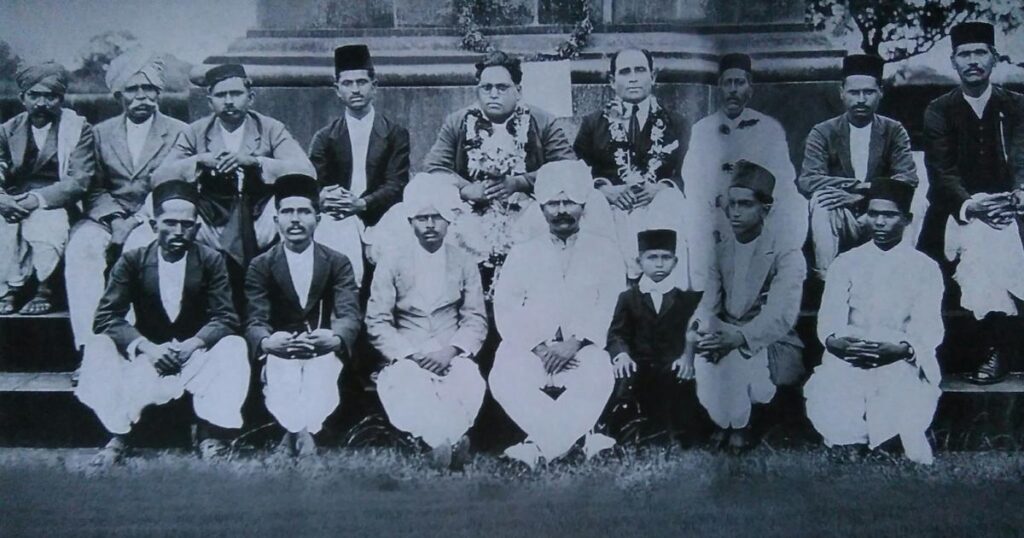
BR Ambedkar and his followers at the Koregaon victory pillar on 28 December 1927. Wikimedia Commons.
Indian mainstream politics from the 1920s until 1947 is recognised as the Gandhian era. Gandhi, having been born in the middle order caste of traders, had a different outlook on the systemic exploitation of the Untouchables on the basis of caste. He called the Untouchables Harijans, meaning people of God. Ambedkar and his followers resented both this name and the patronising attitude behind it. Underlying this surface issue, there were major ideological differences between Ambedkar and Gandhi. For the India represented by Gandhi and the Indian National Congress, the primary contradiction was that between colonial supremacy and Indians’ aspirations for political freedom. For Ambedkar and the Untouchable masses he represented, the oppression was not primarily located in the political system but arose from the socio-economic sphere. There was a clash of interests. The Indian National Congress under Gandhi sought to represent all Indians in a unified front against the colonial rule. Although Ambedkar was, unlike some “sections of Dalits and non-Brahmans who believed that colonial rule had been an unambiguous liberating force”, by no means a staunch supporter of British rule, he had quite a different new India in mind. While Gandhi saw the ideal social order arising from a reformed Hinduism, Ambedkar sought “political representation independent of the Hindu community.” In 1930, Gandhi embarked upon the Civil Disobedience Movement against the systems and institutions of the colonial rule. Kamble and a few other representatives of the depressed classes retaliated by launching what they called the “Indian National Anti-Revolutionary Party”. Its manifesto was quoted in The Bombay Chronicle:
In view of the fact that Mr Gandhi, Dictator of the Indian National Congress has declared a civil disobedience movement before doing his utmost to secure temple entry for the “depressed” classes and the complete removal of “untouchability”, it has been decided to organise the Indian National Anti-Revolutionary Party in order to persuade Gandhiji and his followers to postpone their civil disobedience agitation and to join whole-heartedly the Anti-Untouchability movement as it is… the root cause of India’s downfall…. The Party will regard British rule as absolutely necessary until the complete removal of untouchability…
Though this party did not attract much support in mainstream politics, it demonstrates that for the Untouchables, social and economic well-being was of greater and more immediate concern than political freedom, and hence colonial rule was regarded as a possibly necessary evil for the time being. It also shows that there were other and often contradictory voices in the independence movement of India. These have often been glossed over in nationalist rhetoric.
India won her independence in 1947, and Ambedkar chaired the committee tasked with the drafting of the new constitution. The ‘annihilation of caste’, however, remained a distant dream. The Hindu Code Bill proposed by Ambedkar in order to bring about extensive reforms in the Hindu socio-cultural scene was not accepted by parliament. In 1951 a disillusioned Ambedkar resigned from the Cabinet. Five years later, under his leadership, millions of Untouchables converted en masse to Buddhism in a step towards attaining total freedom from exploitation. The same year, after Ambedkar’s death, a political party, called the Republican Party of India, was formed to represent the interests of the low-caste people.
The conversion opened the floodgates for cultural conflicts with the high castes. The immediate reaction of the Hindu right was one of denial. The strategy of cultural appropriation that has worked so well for Hinduism from the times of the Buddha is employed even today to project the Buddhists as just another sect within Hinduism.
For the neo-Buddhists, this necessitated the creation of new and different cultural practices. Amongst the neo-Buddhists in western India one of the invented cultural practices that emerged as a result is the pilgrimage to the Koregaon Memorial. Thousands of neo-Buddhists throng to the memorial every New Year’s Day to commemorate the valour of the Mahars who helped to overthrow the high caste rule of the Peshwa. They also commemorate the visit of their leader, Dr. Ambedkar, on 1st January 1927.
Unlike any Hindu pilgrimage site, the Koregaon memorial is devoid of the tell-tale signs of a holy marketplace. No sellers of garlands and sweets and images of Gods are to be found here. It is a deserted place all through the year. However, come New Year, the place is dotted with little stalls selling books, cassettes and compact disks. Various publishers of Ambedkarite literature set up their stalls of books. Neo-Buddhist songs are played loudly in the stalls extolling the greatness of Ambedkar and emphasizing the need to change the world. Leaders of the now numerous factions of the Republican Party of India address their followers. Neo-Buddhist families visit the memorial obelisk. They offer flowers or light candles. An important part of the ritual is to offer a Vandana, a recital of verses from Buddhist texts.
An equally important element of their ritualised behaviour is the buying of books. Interviews with various booksellers have shown a surprising fact: whenever there is a gathering or a pilgrimage of the neo-Buddhists, the bookstalls do roaring business. It may be interesting to note that the average length of books sold at these stalls is short – volumes of 30-70 pages priced between 10 to 50 rupees. It might be an indication of the fact that the readers may be neo-literate, have very little time to spend on reading and can only afford cheaper books. Many publishers of related literature have indicated that their daily sales figures at the Koregaon pilgrimage and other such important pilgrimages (eg. Mumbai and Nagpur) often exceed their sales figures for the rest of the year. It could be perceived as an indication of the belief in emancipatory potential of education among the neo-Buddhists, especially of the former Mahar caste. Some of the best-selling titles include Marathi translations of books authored by Ambedkar himself, eg. Buddha and His Dhamma, Annihilation of Caste, Who Were the Shudras? Other popular books include Dalit autobiographies. They also sell Dalit poetry and small biographies of Dalit leaders.
These books offer a Dalit perspective on Indian history wherein colonial rule is portrayed as instrumental for emancipation, even though it remained ignorant of realities of caste exploitation. Jotirao Phule and Ambedkar are among the prominent Dalit writers who propounded this view of the colonial rule in which Gandhi and the movement for India’s independence do not figure very positively. The fact that Ambedkar chaired the Committee that created the Indian Constitution in 1950, however, is considered supremely important. Any attempt to criticise or seek a change in the Indian Constitution, therefore, provokes fierce opposition from the Dalit population. The anti-corruption movement led by Anna Hazare and his team in 2011 is a recent example. The extra-constitutional structure to create a powerful ombudsman (Lokpal) for resolving the issues of corruption was not welcomed by Dalit leaders and public.
Though the Koregaon Memorial was constructed by the Colonial rulers, it does not feature on the commemorative landscape of today’s British public. This amnesia might be attributed to the fact that the colonial memories, especially of violent battles are no longer the object of pride in present-day Britain. This amnesia is matched by the high castes in India. Poona, the capital of Peshwas has become a software and education city called Pune. When a sample of 130 members of the high caste, newly rich people (who have come to be nicknamed as Computer Coolies) were asked about the Koregaon memorial, none of them knew what it was.
Elite amnesia is not total, though. There are also, what may be called conflicting memories. During the 1970s the Western Indian state of Maharashtra witnessed a spate of popular (a)historical novels topping the best-seller lists in Marathi. Many of them dominate the historical understanding and perceptions of the Marathi-speaking middle classes even today. Two important novels from this genre, both authored by Brahmins, describe the battle of Koregaon in passing. Mantravegla by N. S. Inamdar is based on the life of the Last Peshwa. It claims that the battle was, in fact, won by the Peshwas. Recently, this trend of creating alternative memories about the Peshwa battles has become even stronger. The battle of Panipat, which saw a complete defeat of the Peshwa armies in 1761, is commemorated today by high-sounding rallies. The kind of rhetoric used during these rallies suggests that it was the Peshwa who won the battle.
The Koregaon Memorial occupies a very significant place in today’s neo-Buddhist culture. The internet and other electronic media are used to document and commemorate the Koregaon battle and Ambedkar’s visit to it. An image search for Koregaon Pillar yields hundreds of digital pictures of the Memorial Obelisk. Film clips are available on Youtube. At least a dozen blogs in English and Marathi have entries related to the Koregaon memorial. They describe the battle and the role of the Mahar soldiers and also remind the readers about what the Untouchables could achieve if they show the resolve.
The obelisk of Koregaon Bheema is thus a site which has generated conflicting memories. These memories represent the divergent interests of the groups involved in their creation. Those wishing to commemorate the greatness of the Peshwa rule – the symbol of high caste supremacy – either choose to ignore the Koregaon battle, or create a Pseudomnesia of Peshwa victory. While the obelisk marks an imperial site of memory that is largely forgotten in the homeland of the empire, the monument has undergone a metamorphosis of commemoration in Western India.
It no longer reminds the public of imperial power, but for the former Untouchables whose forefathers fought at Koregaon it serves the purpose of providing “historical evidence” of the ability of the Untouchables to overthrow the high caste oppression.
Considering the fact that Indian society is still dominated by the system of caste hierarchy, the Koregaon Memorial is also a reminder that present-day contestation for hegemony is often manifested in contesting memories.
This paper has been carried out courtesy with the permission of Shraddha Kumbhojkar. It has been presented without its abstract, citations, footnotes and bibliography for purposes of easier reading.
The paper has also been published in Sites of Imperial Memory, (ed.) Dominik Geppert, Frank Lorenz Muller, Manchester University Press, Manchester, New York, 2015. as Politics, Caste and the remembrance of the Raj: the Obelisk at Koregaon. You can buy the book here.
| 2500 BC - Present | |
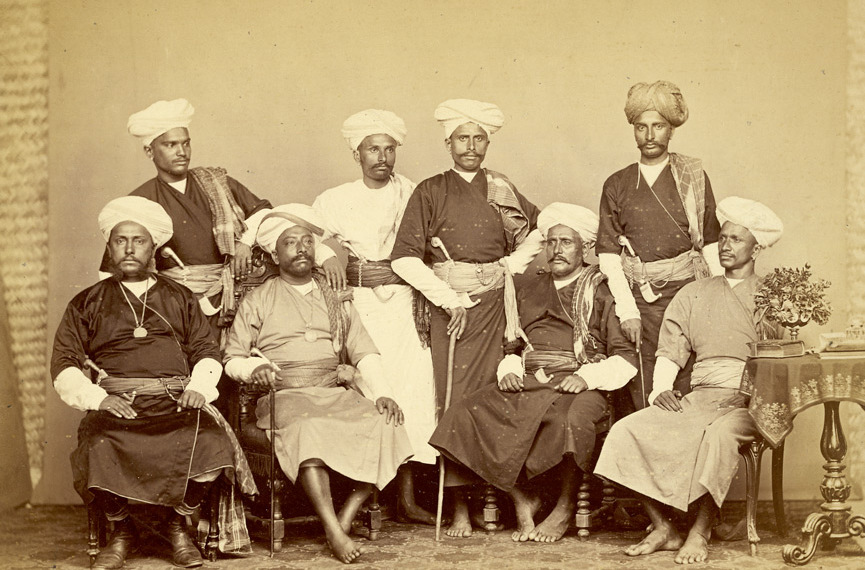
|
2500 BC - Present |
| Tribal History: Looking for the Origins of the Kodavas | |
| 2200 BC to 600 AD | |
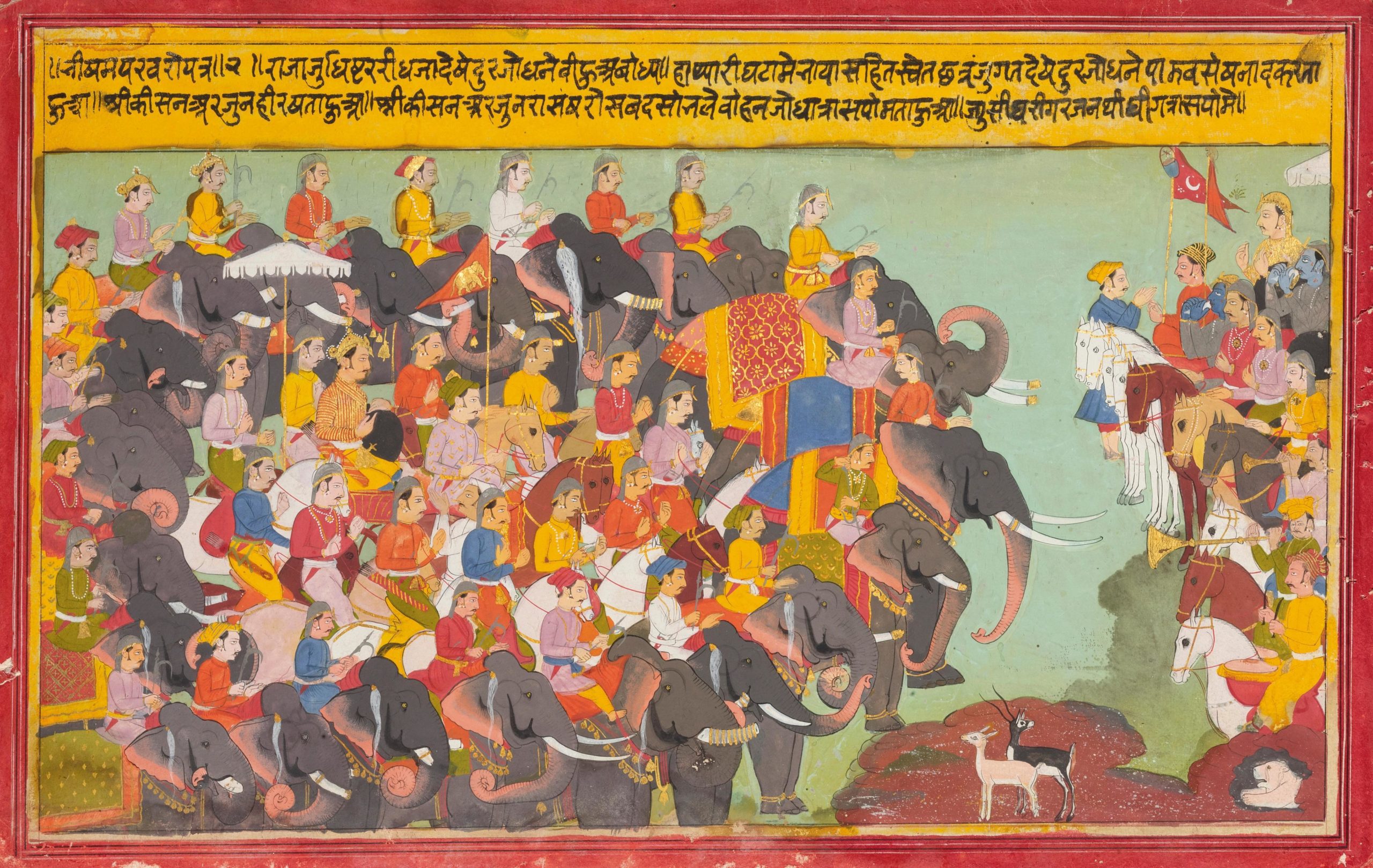
|
2200 BC to 600 AD |
| War, Political Violence and Rebellion in Ancient India | |
| 400 BC to 1001 AD | |
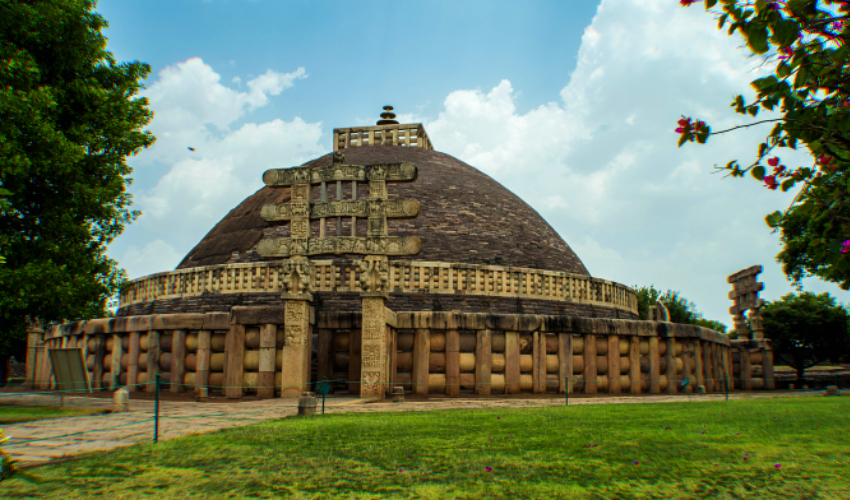
|
400 BC to 1001 AD |
| The Dissent of the ‘Nastika’ in Early India | |
| 600CE-1200CE | |
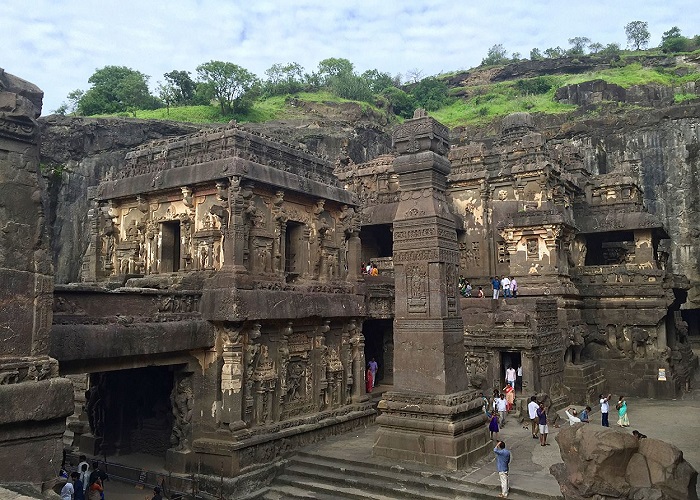
|
600CE-1200CE |
| The Other Side of the Vindhyas: An Alternative History of Power | |
| c. 700 - 1400 AD | |
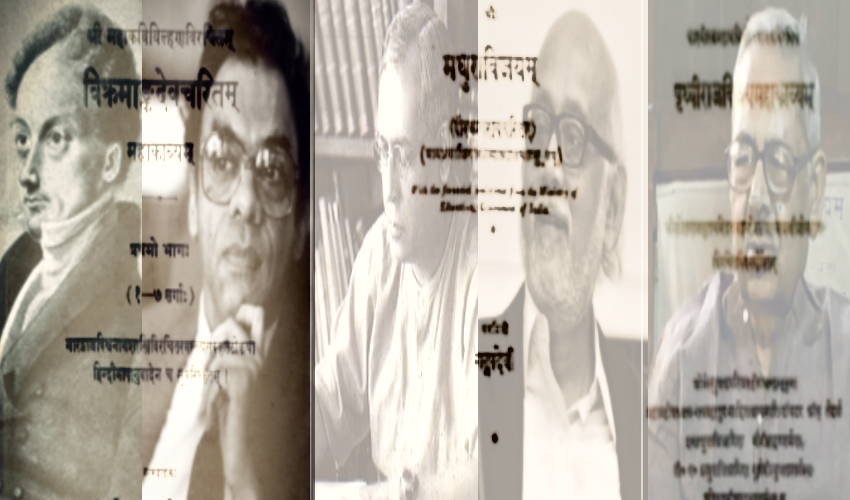
|
c. 700 - 1400 AD |
| A Historian Recommends: Representing the ‘Other’ in Indian History | |
| c. 800 - 900 CE | |

|
c. 800 - 900 CE |
| ‘Drape me in his scent’: Female Sexuality and Devotion in Andal, the Goddess | |
| 1192 | |
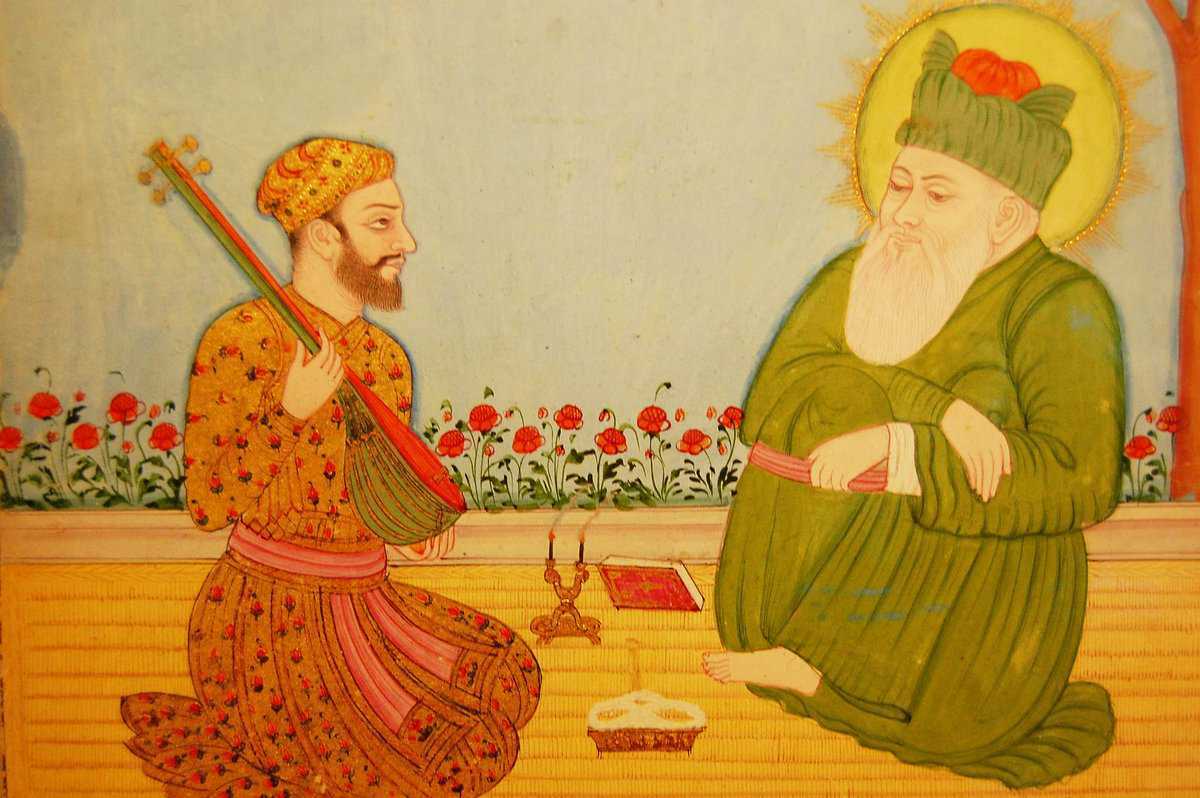
|
1192 |
| Sufi Silsilahs: The Mystic Orders in India | |
| 1200 - 1850 | |
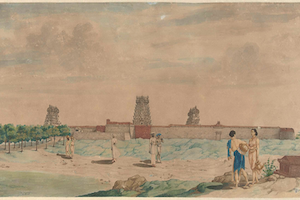
|
1200 - 1850 |
| Temples, deities, and the law. | |
| c. 1500 - 1600 AD | |
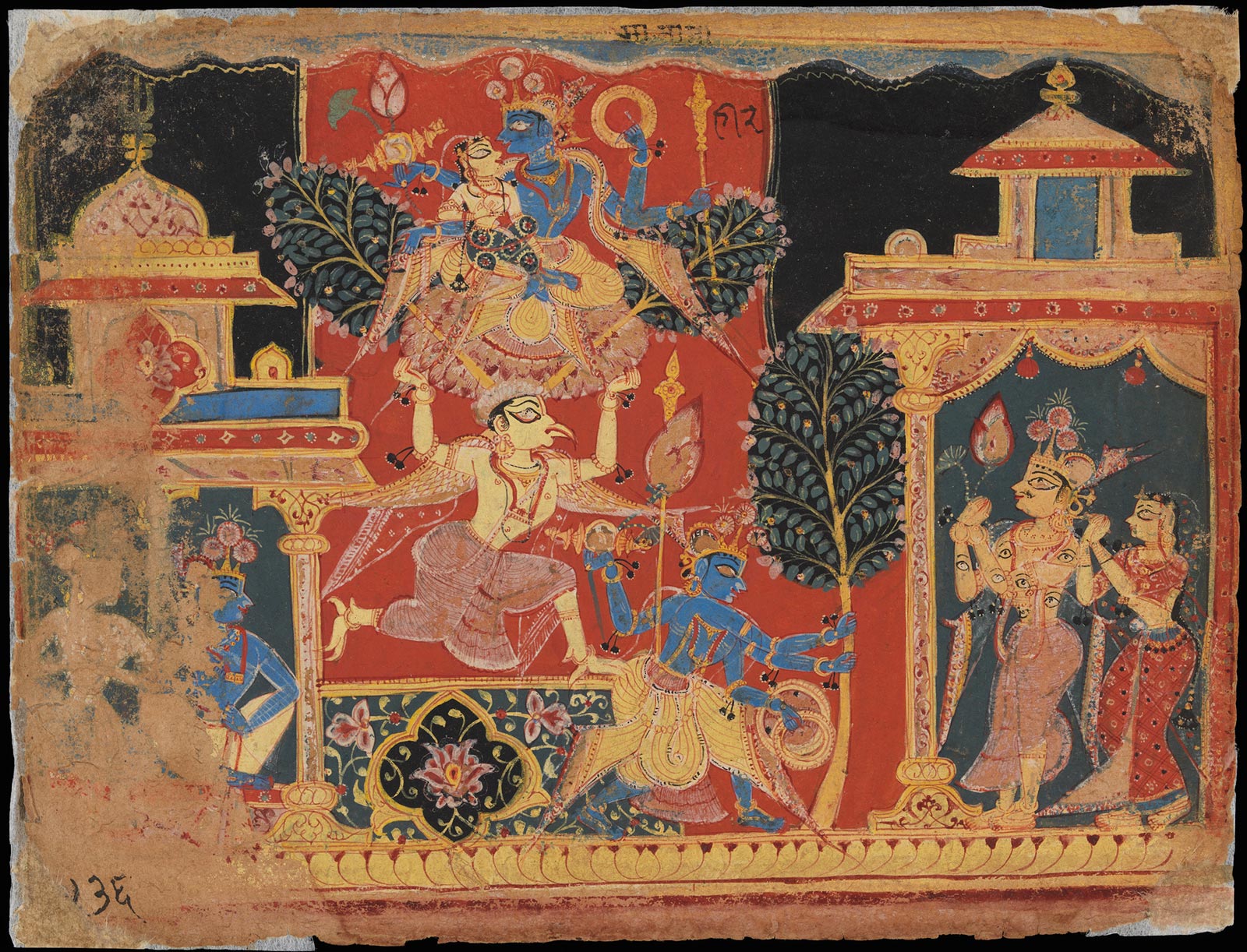
|
c. 1500 - 1600 AD |
| A Historian Recommends: Religion in Mughal India | |
| 1200-2020 | |
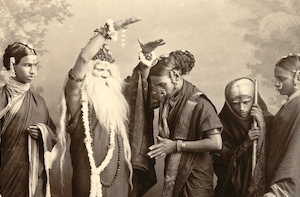
|
1200-2020 |
| Policing Untouchables and Producing Tamasha in Maharashtra | |
| 1530-1858 | |
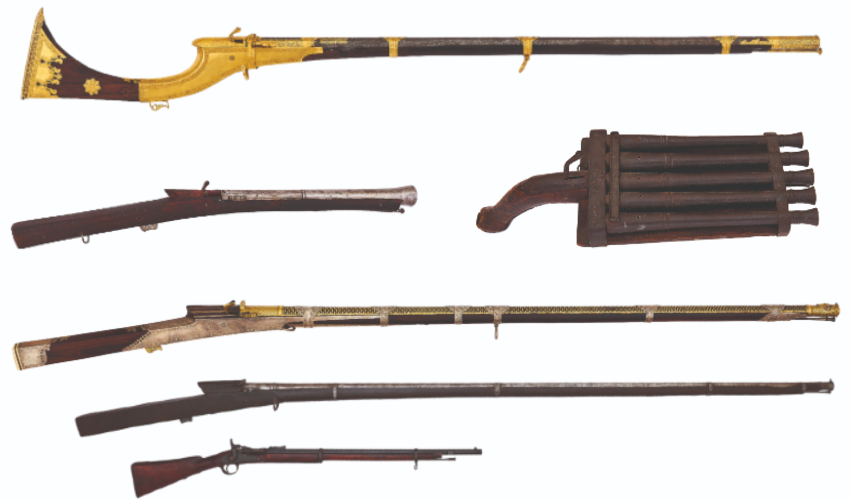
|
1530-1858 |
| Rajputs, Mughals and the Handguns of Hindustan | |
| 1575 | |
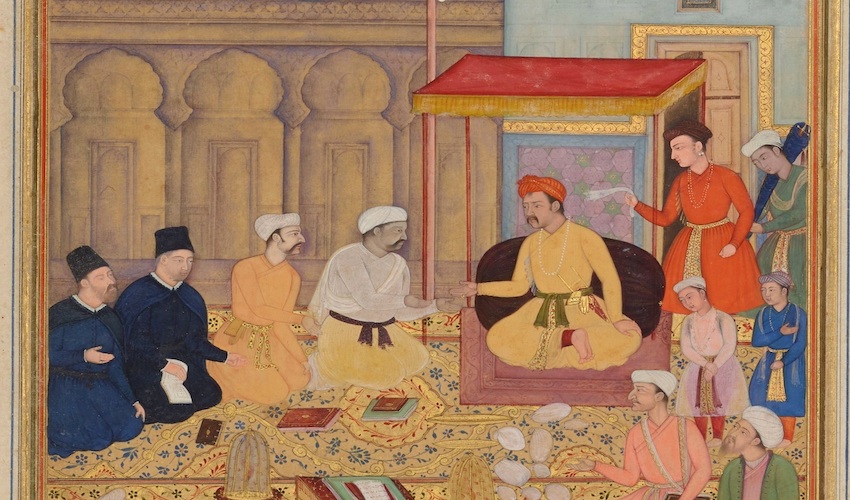
|
1575 |
| Abdul Qadir Badauni & Abul Fazl: Two Mughal Intellectuals in King Akbar‘s Court | |
| 1579 | |
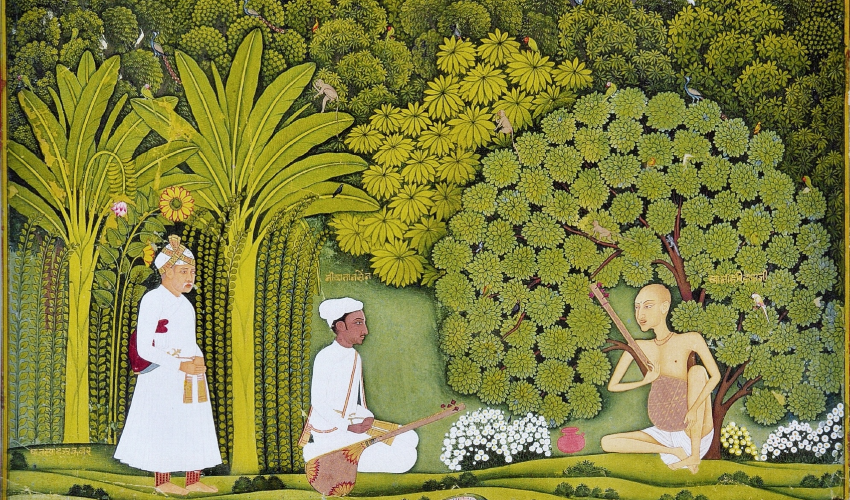
|
1579 |
| Padshah-i Islam | |
| 1550-1800 | |
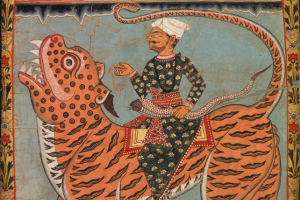
|
1550-1800 |
| Who are the Bengal Muslims? : Conversion and Islamisation in Bengal | |
| c. 1600 CE-1900 CE | |

|
c. 1600 CE-1900 CE |
| The Birth of a Community: UP’s Ghazi Miyan and Narratives of ‘Conquest’ | |
| 1553 - 1900 | |
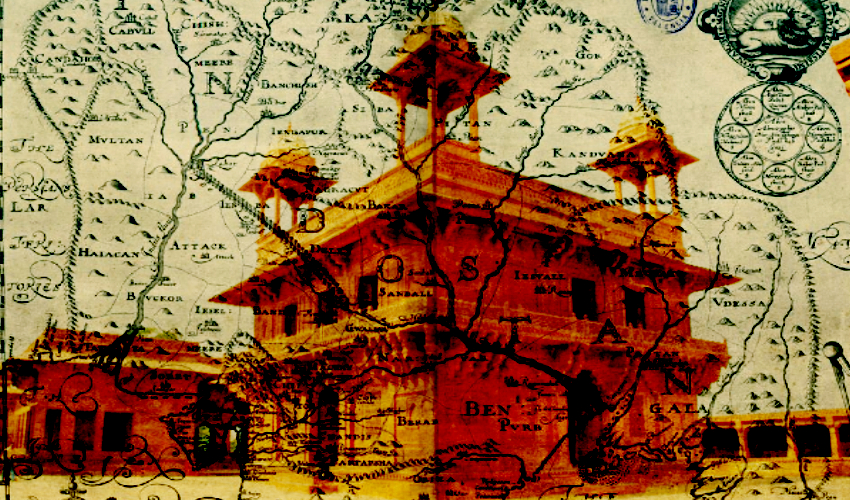
|
1553 - 1900 |
| What Happened to ‘Hindustan’? | |
| 1630-1680 | |
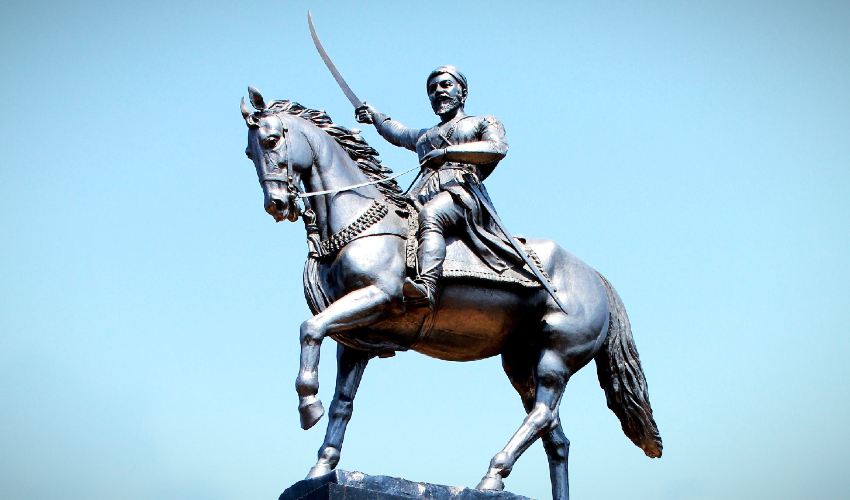
|
1630-1680 |
| Shivaji: Hindutva Icon or Secular Nationalist? | |
| 1630 -1680 | |
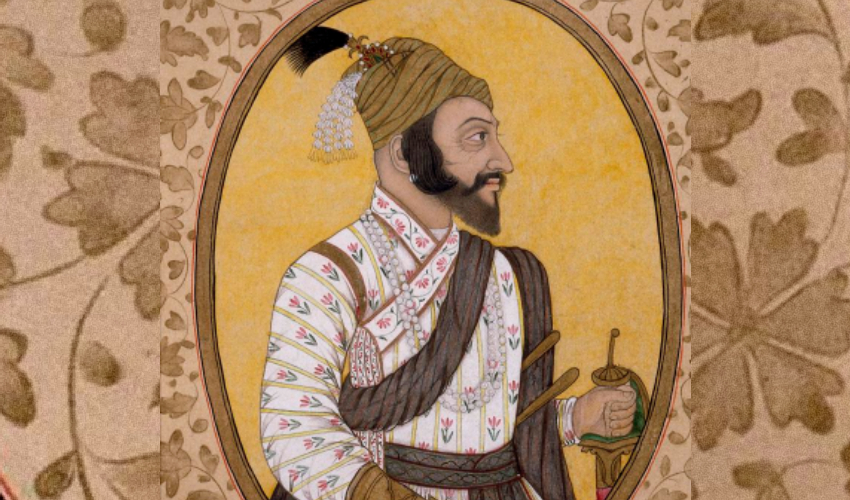
|
1630 -1680 |
| Shivaji: His Legacy & His Times | |
| c. 1724 – 1857 A.D. | |

|
c. 1724 – 1857 A.D. |
| Bahu Begum and the Gendered Struggle for Power | |
| 1818 - Present | |
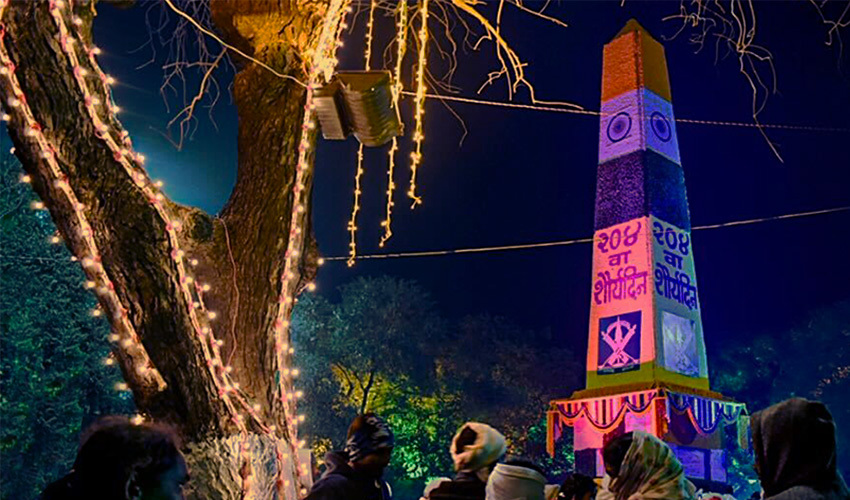
|
1818 - Present |
| The Contesting Memories of Bhima-Koregaon | |
| 1831 | |
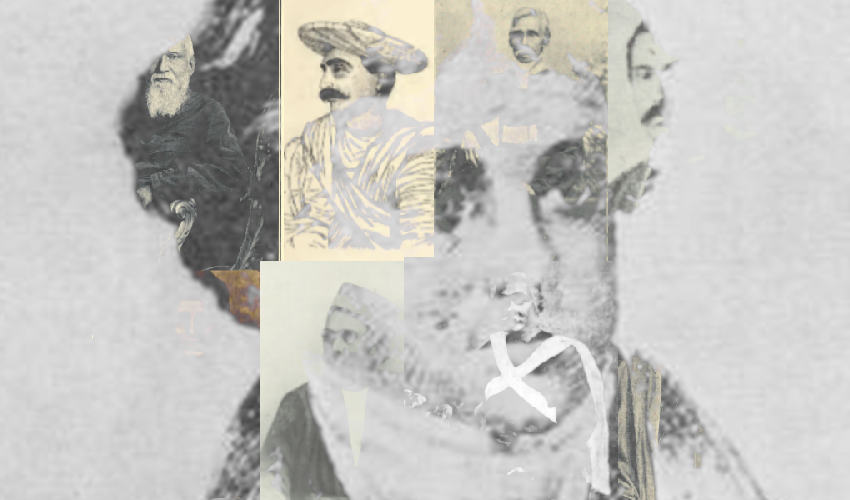
|
1831 |
| The Derozians’ India | |
| 1855 | |
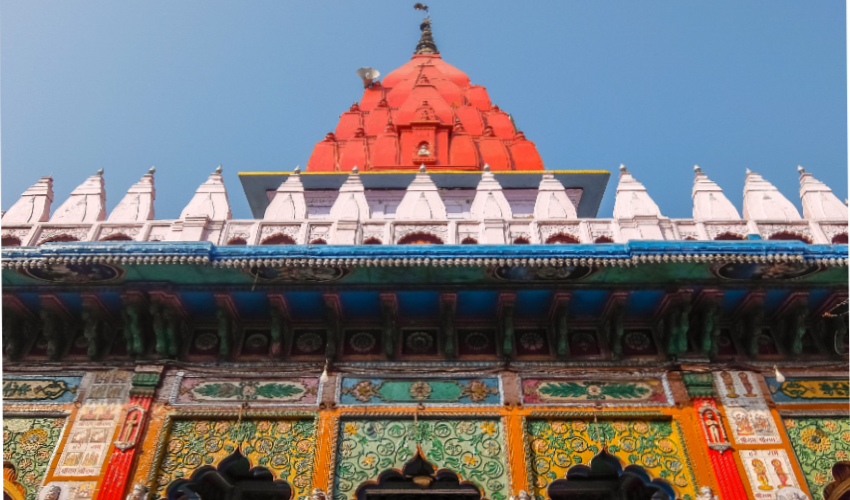
|
1855 |
| Ayodhya 1855 | |
| 1856 | |
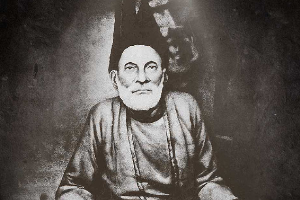
|
1856 |
| “Worshipping the dead is not an auspicious thing” — Ghalib | |
| 1857 | |
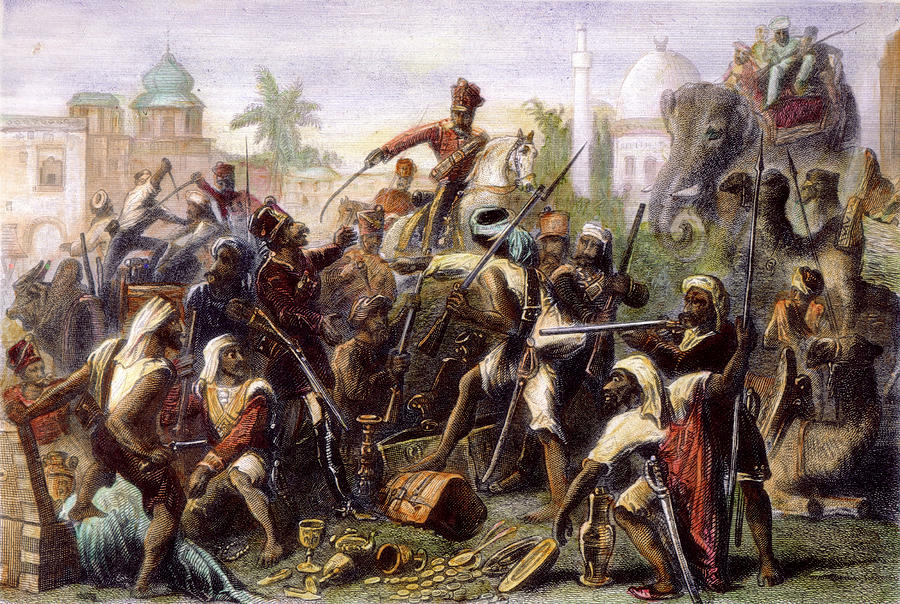
|
1857 |
| A Subaltern speaks: Dalit women’s counter-history of 1857 | |
| 1858 - 1976 | |
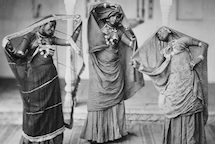
|
1858 - 1976 |
| Lifestyle as Resistance: The Curious Case of the Courtesans of Lucknow | |
| 1883 - 1894 | |
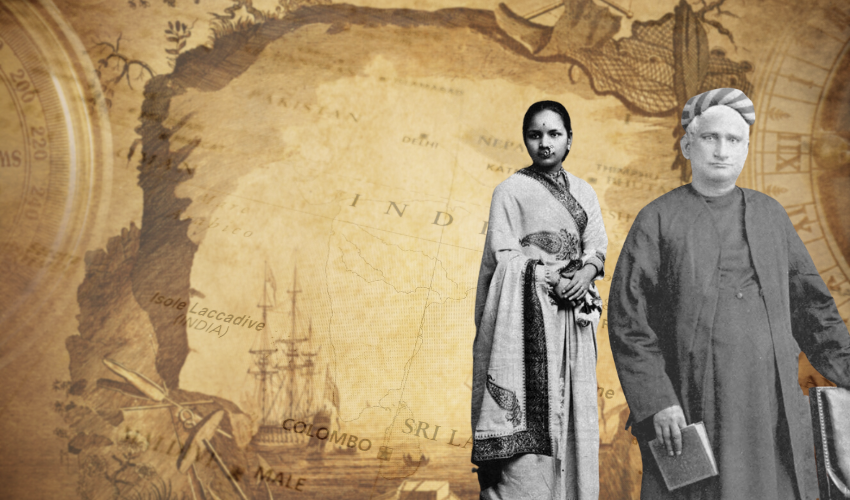
|
1883 - 1894 |
| The Sea Voyage Question: A Nineteenth century Debate | |
| 1887 | |
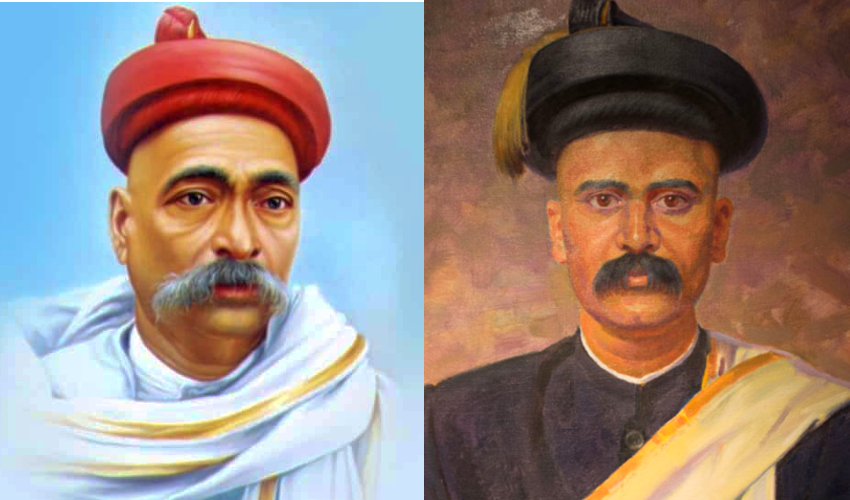
|
1887 |
| The Great Debaters: Tilak Vs. Agarkar | |
| 1893-1946 | |

|
1893-1946 |
| A Historian Recommends: Gandhi Vs. Caste | |
| 1897 | |
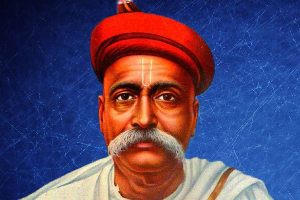
|
1897 |
| Queen Empress vs. Bal Gangadhar Tilak: An Autopsy | |
| 1913 - 1916 Modern Review | |
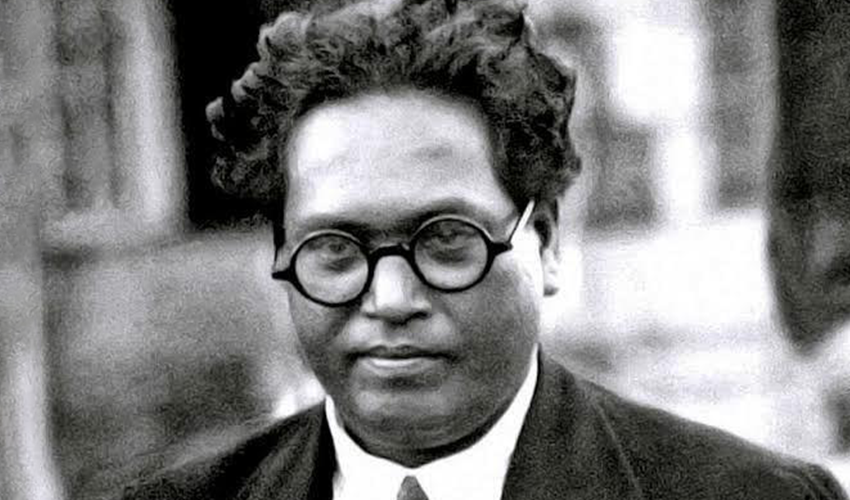
|
1913 - 1916 |
| A Young Ambedkar in New York | |
| 1916 | |
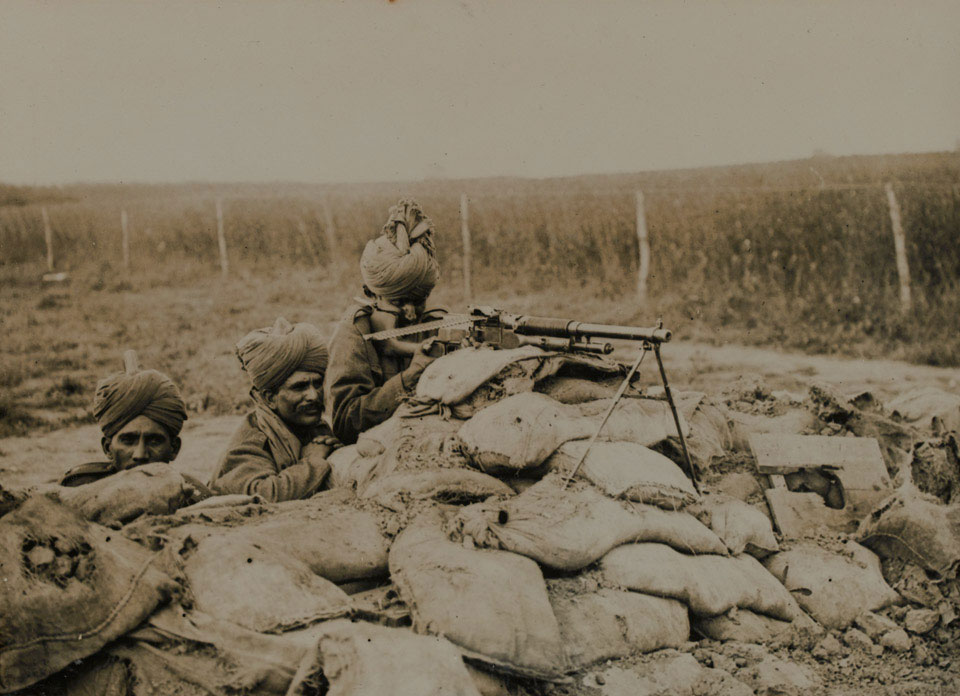
|
1916 |
| A Rare Account of World War I by an Indian Soldier | |
| 1917 | |
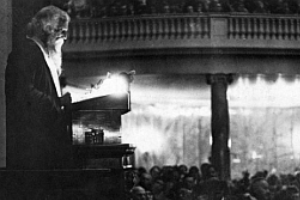
|
1917 |
| On Nationalism, by Tagore | |
| 1918 - 1919 | |
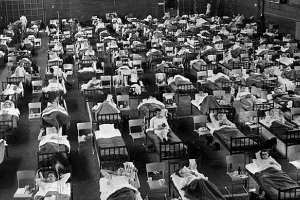
|
1918 - 1919 |
| What Happened to the Virus That Caused the World’s Deadliest Pandemic? | |
| 1920 - 1947 | |
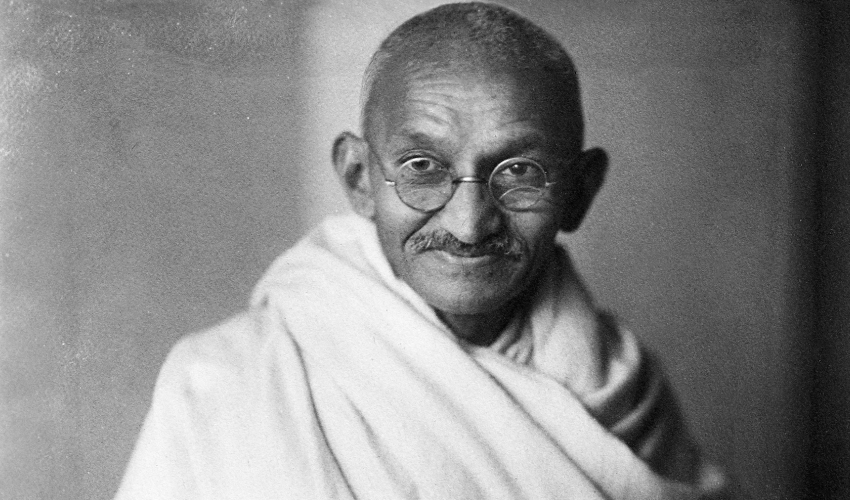
|
1920 - 1947 |
| How One Should Celebrate Diwali, According to Gandhi | |
| 1921 | |
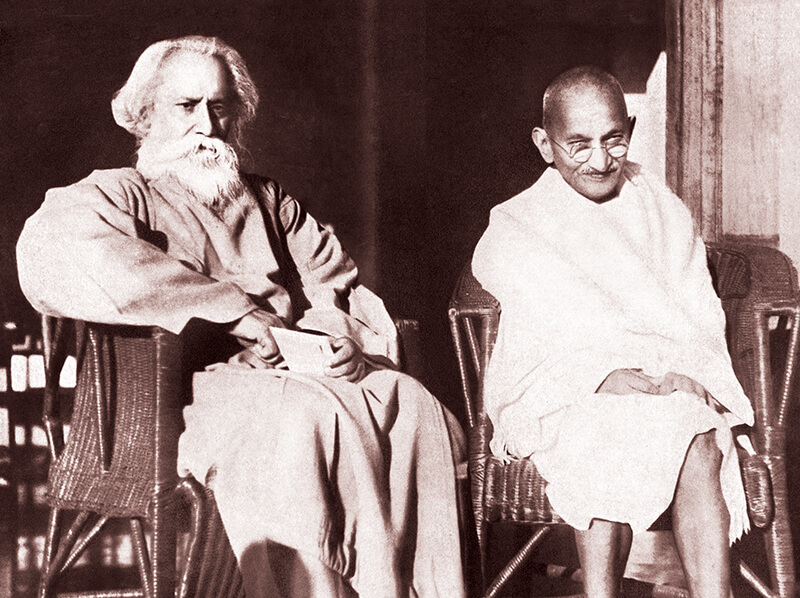
|
1921 |
| Great Debates: Tagore Vs. Gandhi (1921) | |
| 1921 - 2015 | |

|
1921 - 2015 |
| A History of Caste Politics and Elections in Bihar | |
| 1915-1921 | |

|
1915-1921 |
| The Satirical Genius of Gaganendranath Tagore | |
| 1924-1937 | |
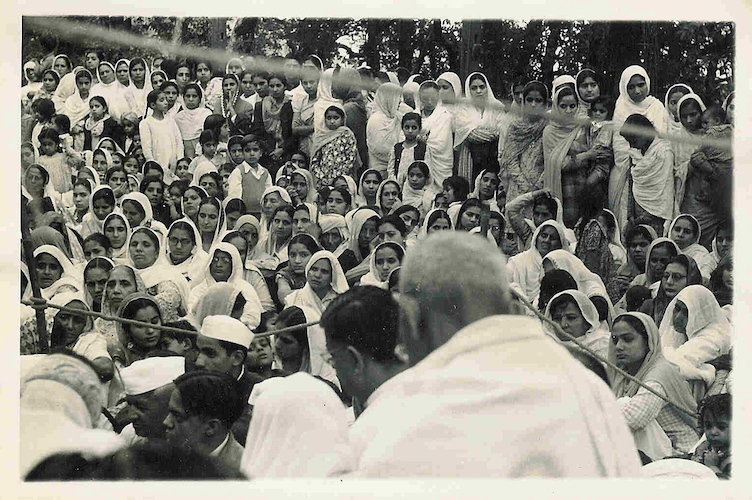
|
1924-1937 |
| What were Gandhi’s Views on Religious Conversion? | |
| 1900-1950 | |
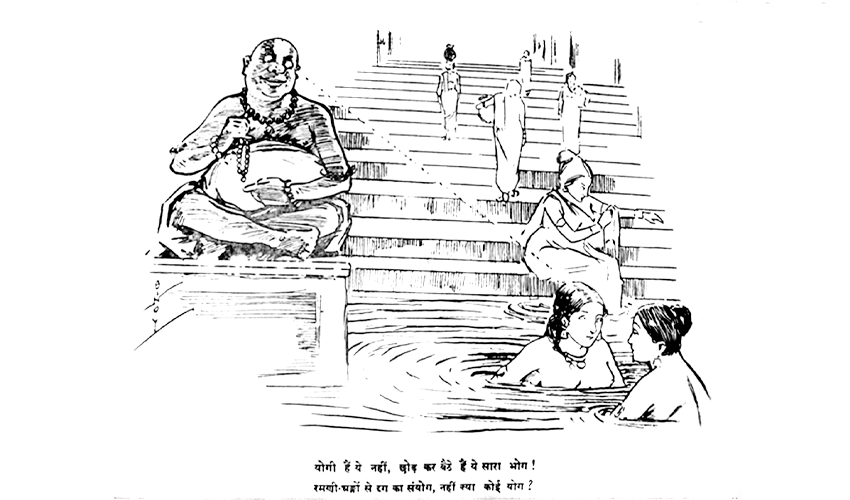
|
1900-1950 |
| Gazing at the Woman’s Body: Historicising Lust and Lechery in a Patriarchal Society | |
| 1925, 1926 | |
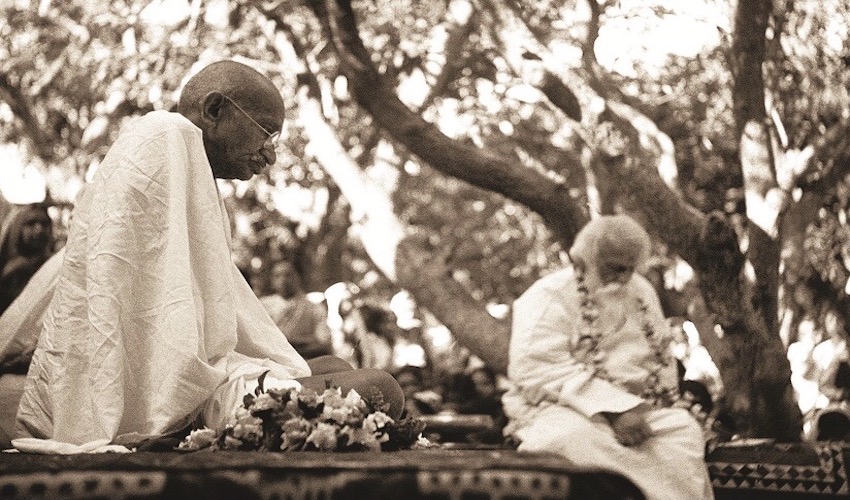
|
1925, 1926 |
| Great Debates: Tagore vs Gandhi (1925-1926) | |
| 1928 | |
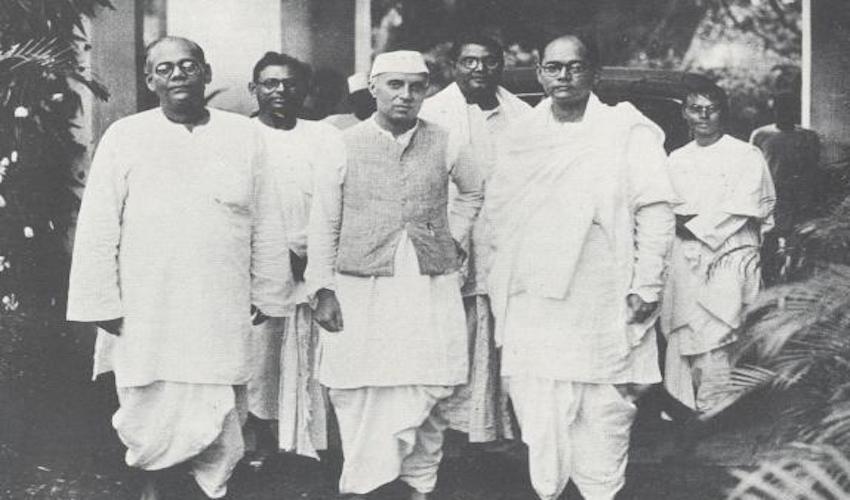
|
1928 |
| Bhagat Singh’s dilemma: Nehru or Bose? | |
| 1930 Modern Review | |
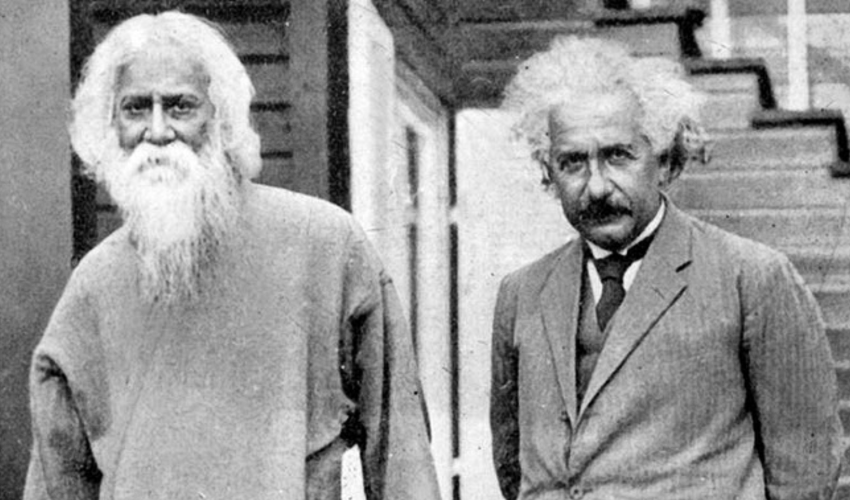
|
1930 |
| The Modern Review Special: On the Nature of Reality | |
| 1932 | |
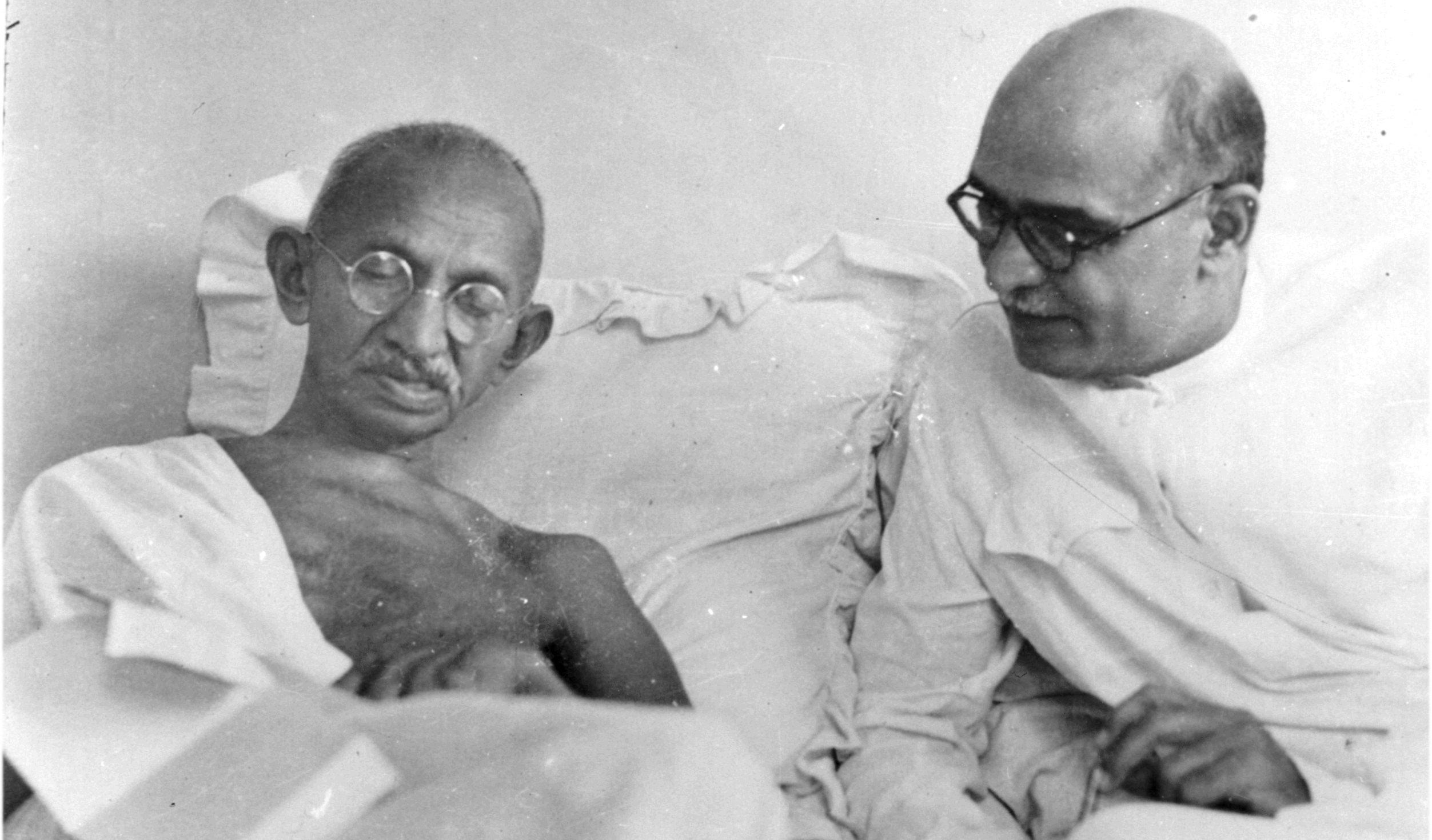
|
1932 |
| Caste, Gandhi and the Man Beside Gandhi | |
| 1933 - 1991 | |
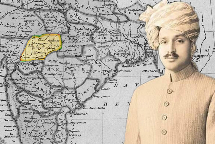
|
1933 - 1991 |
| Raghubir Sinh: The Prince Who Would Be Historian | |
| 1935 | |
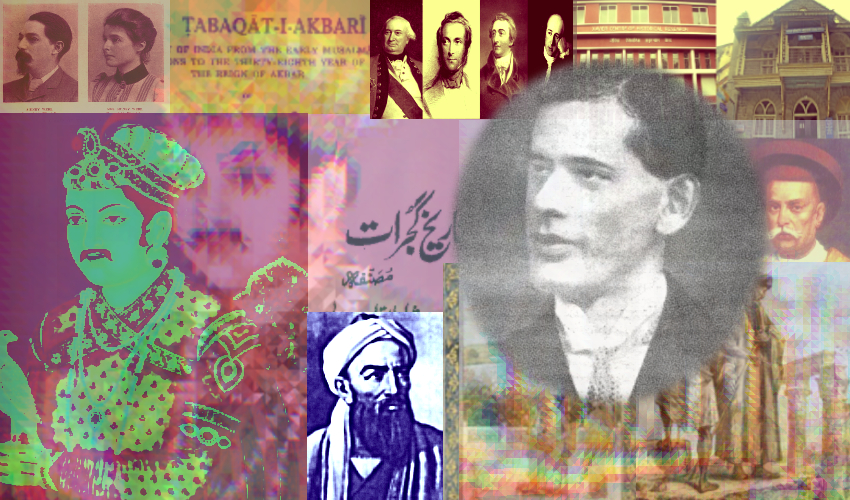
|
1935 |
| A Historian Recommends: SA Khan’s Timeless Presidential Address | |
| 1865-1928 | |
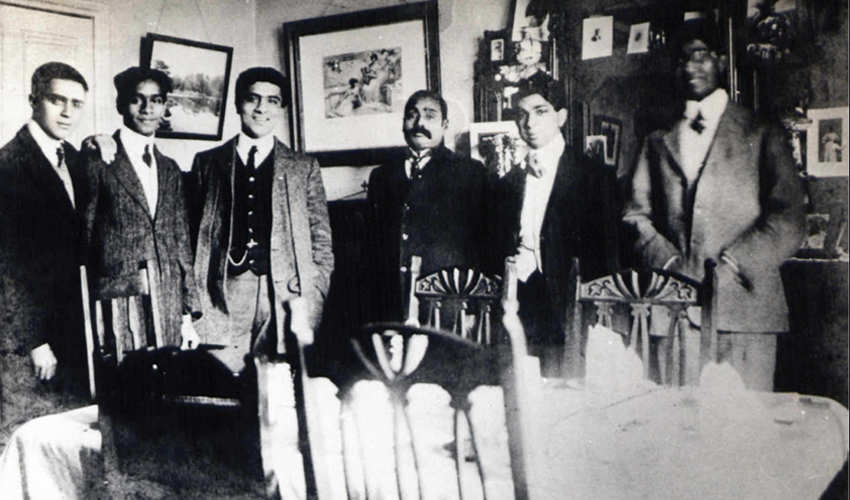
|
1865-1928 |
| Understanding Lajpat Rai’s Hindu Politics and Secularism | |
| 1935 Modern Review | |
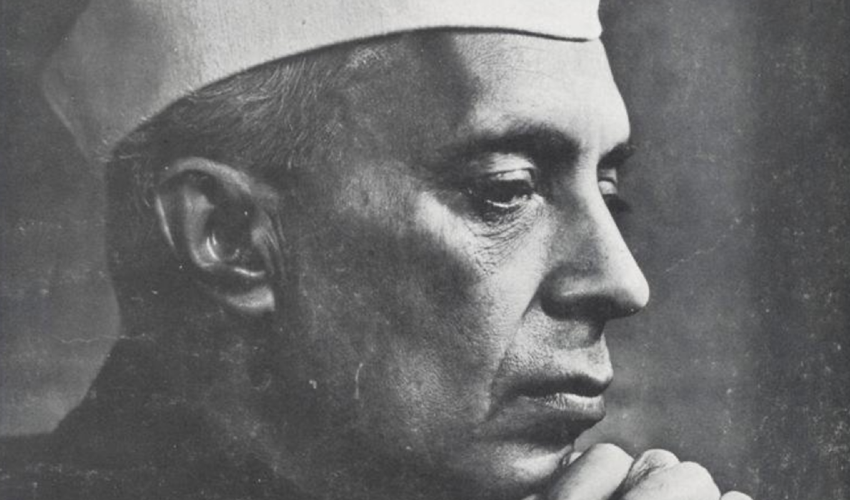
|
1935 |
| The Modern Review Special: The Mind of a Judge | |
| 1936 Modern Review | |
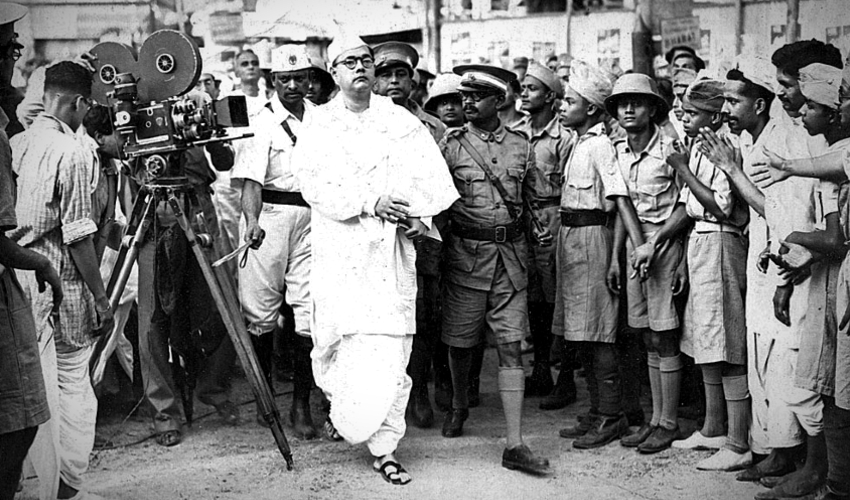
|
1936 |
| The Modern Review Special: When Netaji Subhas Bose Was Wrongfully Detained for ‘Terrorism’ | |
| 1936 | |

|
1936 |
| Annihilation of Caste: Part 1 | |
| 1936 Modern Review | |

|
1936 |
| The Modern Review Special: An Indian MP in the British Parliament | |
| 1936 | |
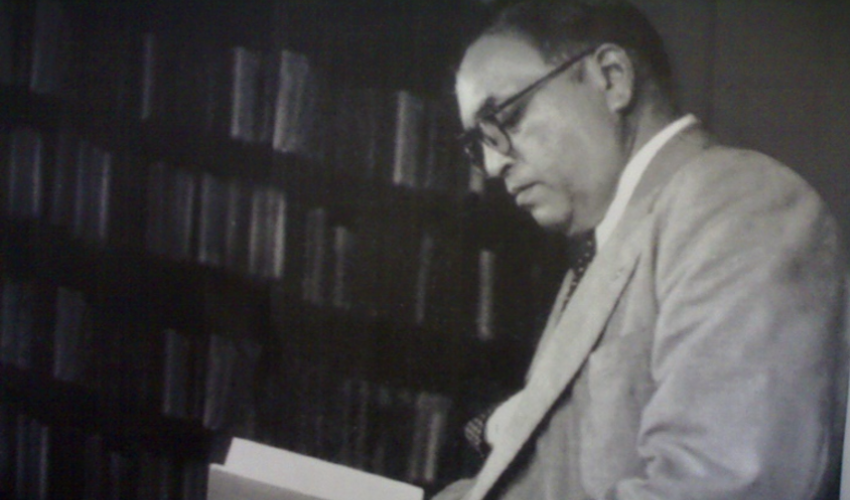
|
1936 |
| Annihilation of Caste: Part 2 | |
| 1936 | |

|
1936 |
| A Reflection of His Age: Munshi Premchand on the True Purpose of Literature | |
| 1936 Modern Review | |
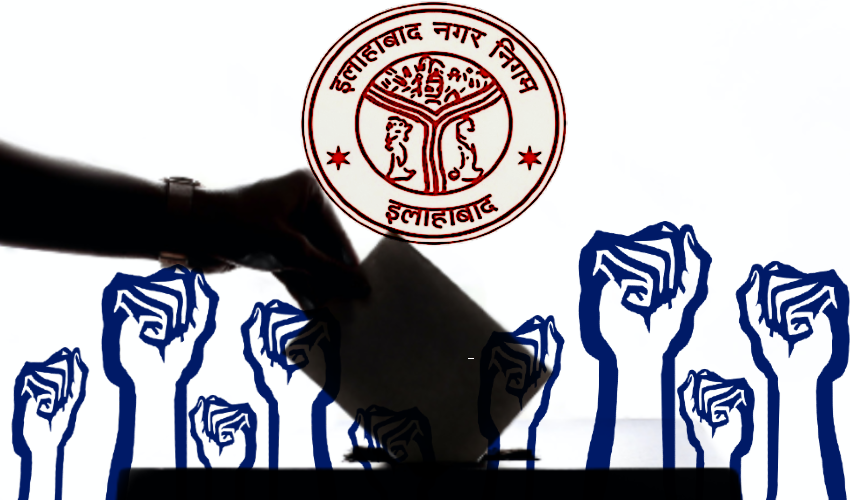
|
1936 |
| The Modern Review Special: The Defeat of a Dalit Candidate in a 1936 Municipal Election | |
| 1937 Modern Review | |
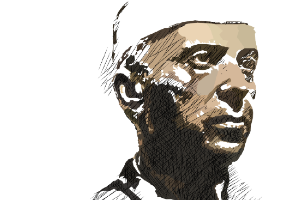
|
1937 |
| The Modern Review Special: Rashtrapati | |
| 1938 | |
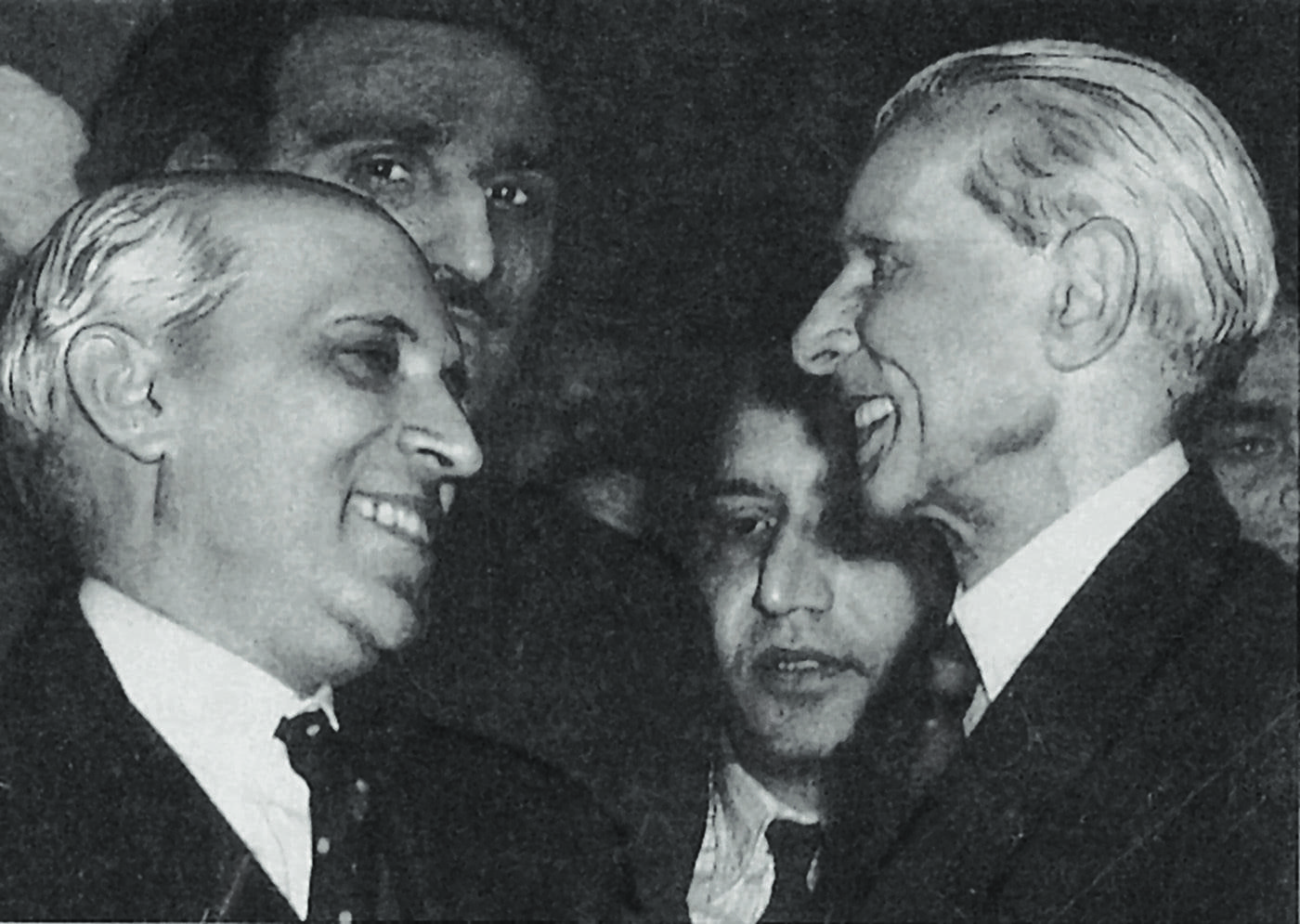
|
1938 |
| Great Debates: Nehru Vs. Jinnah (1938) | |
| 1942 Modern Review | |
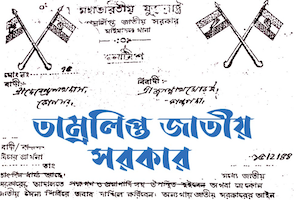
|
1942 |
| IHC Uncovers: A Parallel Government In British India (Part 1) | |
| 1942-1945 | |

|
1942-1945 |
| IHC Uncovers: A Parallel Government in British India (Part 2) | |
| 1946 | |
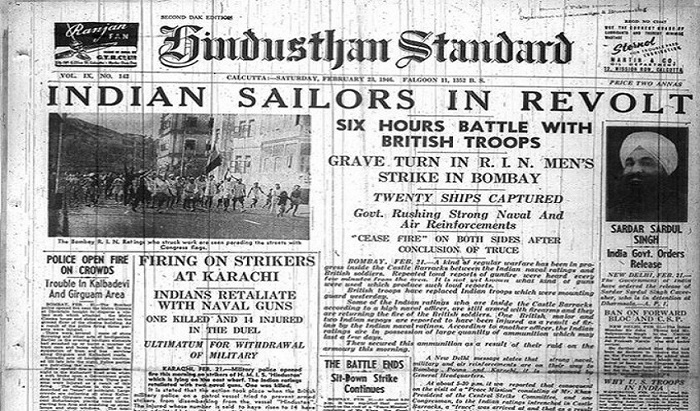
|
1946 |
| Our Last War of Independence: The Royal Indian Navy Mutiny of 1946 | |
| 1946 | |
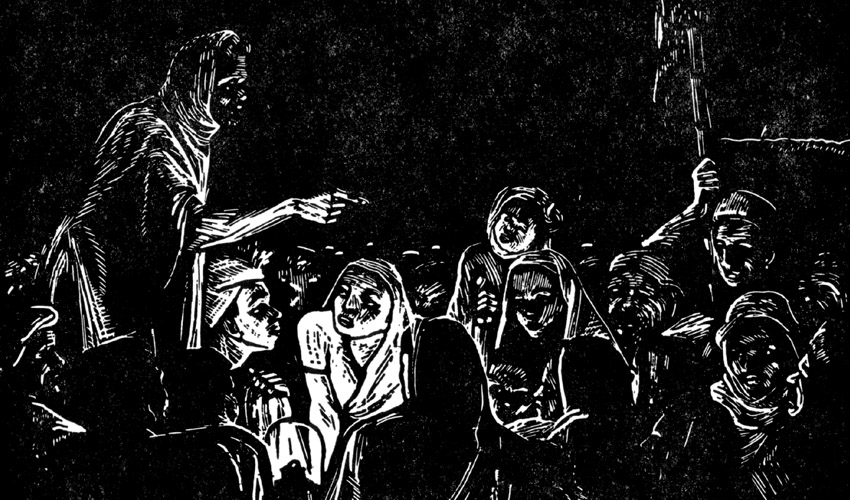
|
1946 |
| An Artist’s Account of the Tebhaga Movement in Pictures And Prose | |
| 1946 – 1947 | |

|
1946 – 1947 |
| “The Most Democratic People on Earth” : An Adivasi Voice in the Constituent Assembly | |
| 1946-1947 | |
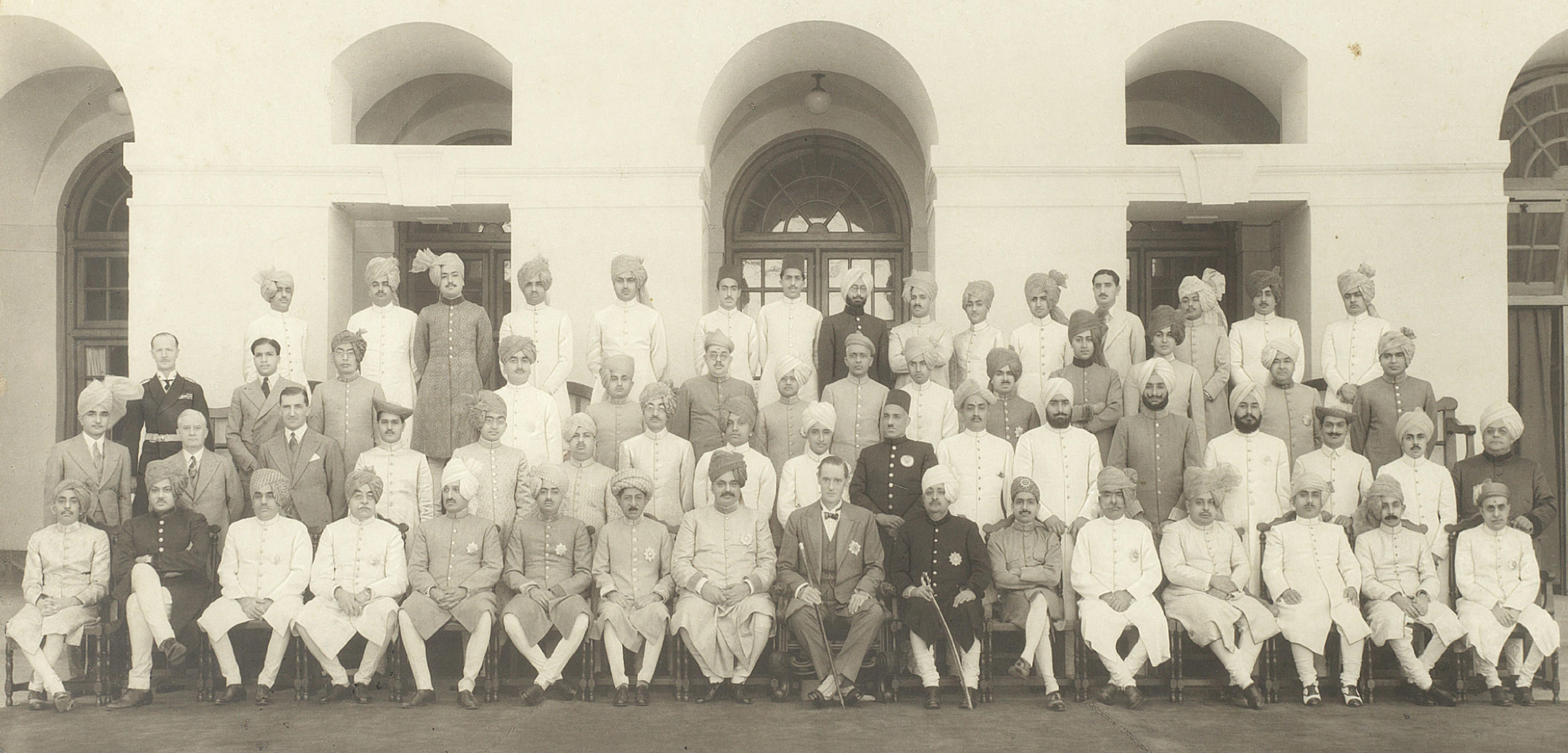
|
1946-1947 |
| VP Menon and the Birth of Independent India | |
| 1916 - 1947 | |
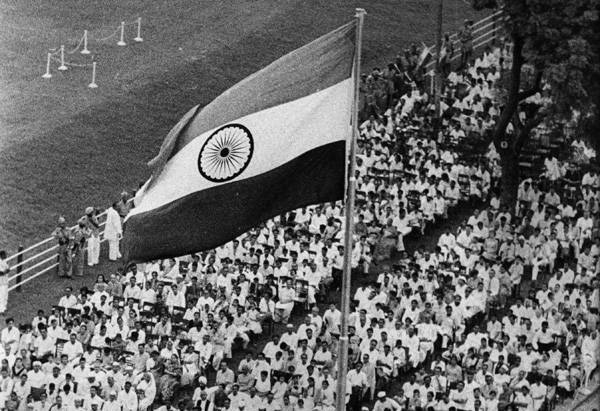
|
1916 - 1947 |
| 8 @ 75: 8 Speeches Independent Indians Must Read | |
| 1947-1951 | |
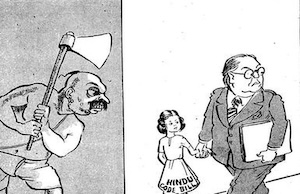
|
1947-1951 |
| Ambedkar Cartoons: The Joke’s On Us | |
| 1948 | |

|
1948 |
| “My Father, Do Not Rest” | |
| 1940-1960 | |

|
1940-1960 |
| Integration Myth: A Silenced History of Hyderabad | |
| 1948 | |
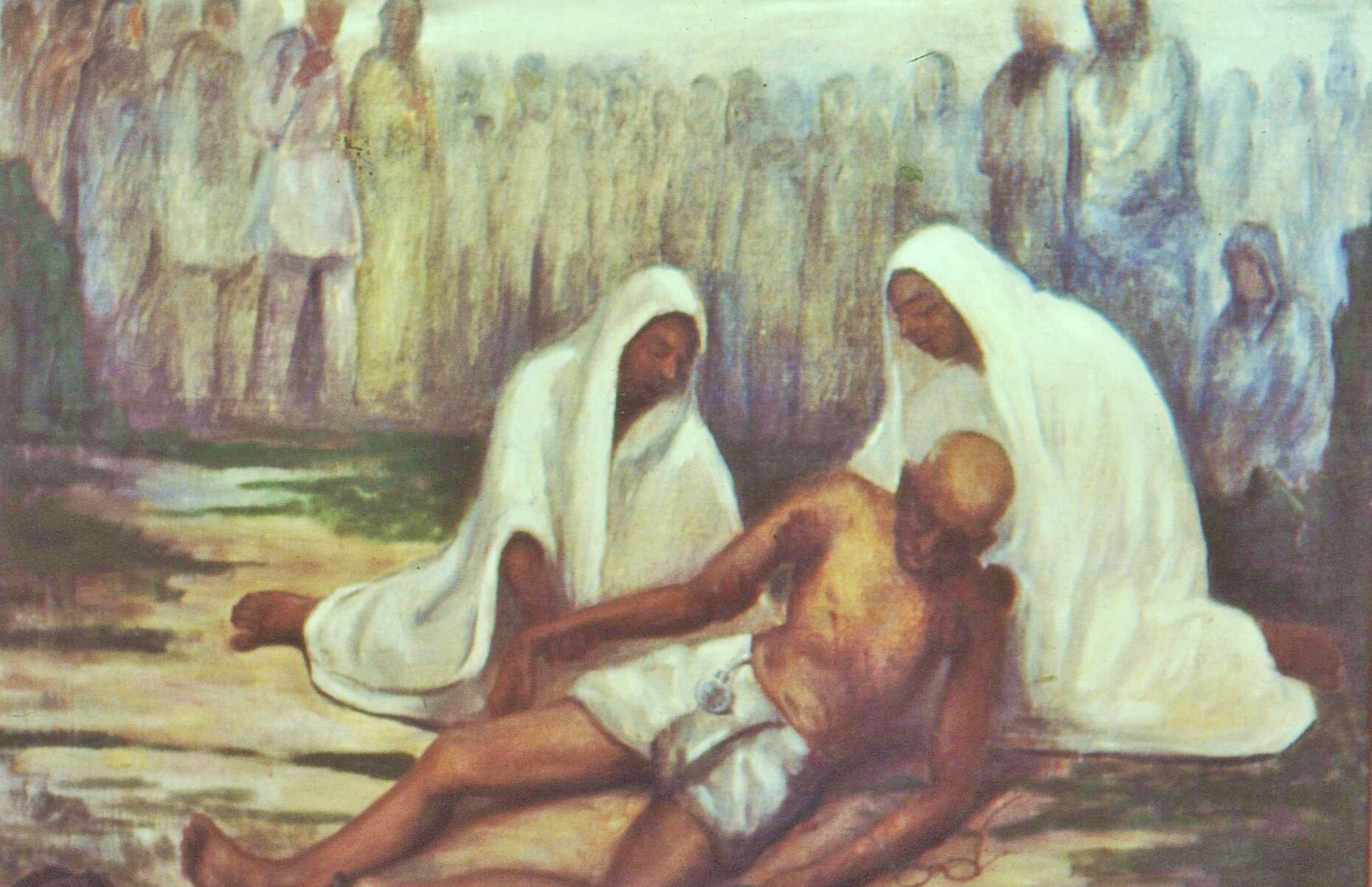
|
1948 |
| The Assassination of a Mahatma, the Princely States and the ‘Hindu’ Nation | |
| 1949 | |
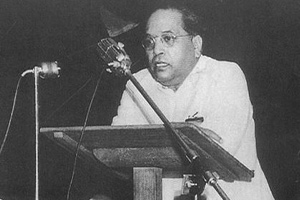
|
1949 |
| Ambedkar warns against India becoming a ‘Democracy in Form, Dictatorship in Fact’ | |
| 1950 | |
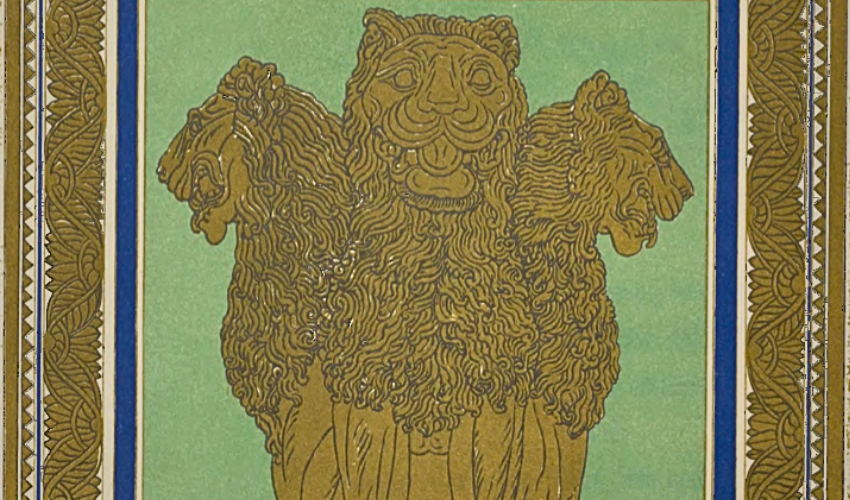
|
1950 |
| Illustrations from the constitution | |
| 1951 | |
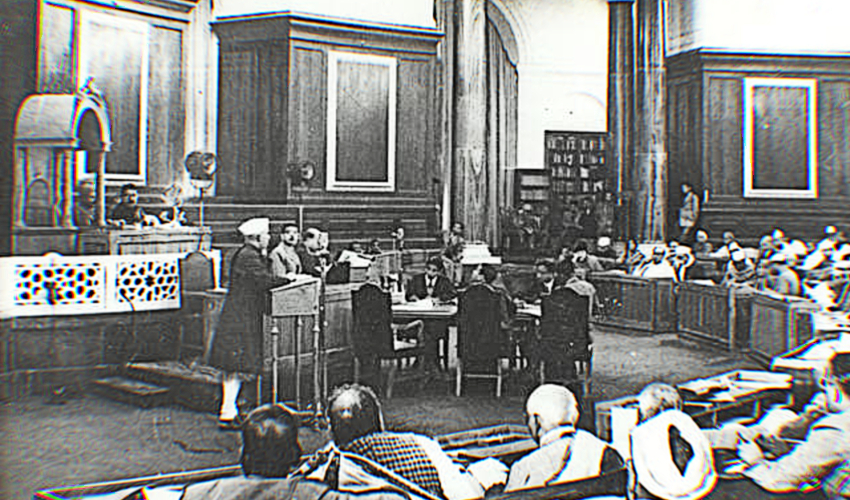
|
1951 |
| How the First Amendment to the Indian Constitution Circumscribed Our Freedoms & How it was Passed | |
| 1967 | |
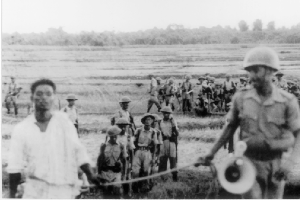
|
1967 |
| Once Upon A Time In Naxalbari | |
| 1970 | |
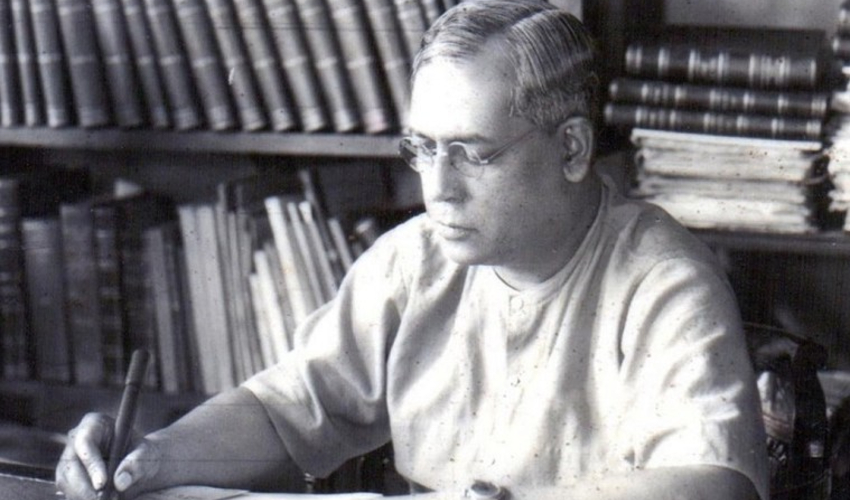
|
1970 |
| R.C. Majumdar on Shortcomings in Indian Historiography | |
| 1973 - 1993 | |
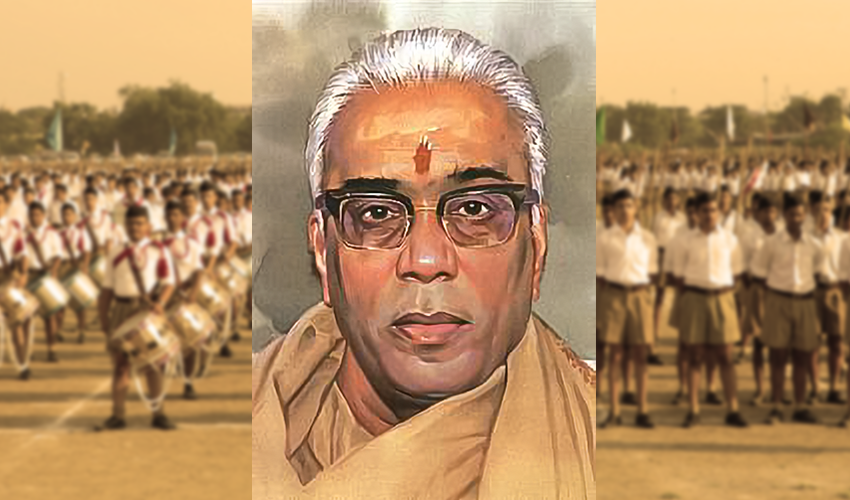
|
1973 - 1993 |
| Balasaheb Deoras: Kingmaker of the Sangh | |
| 1975 | |
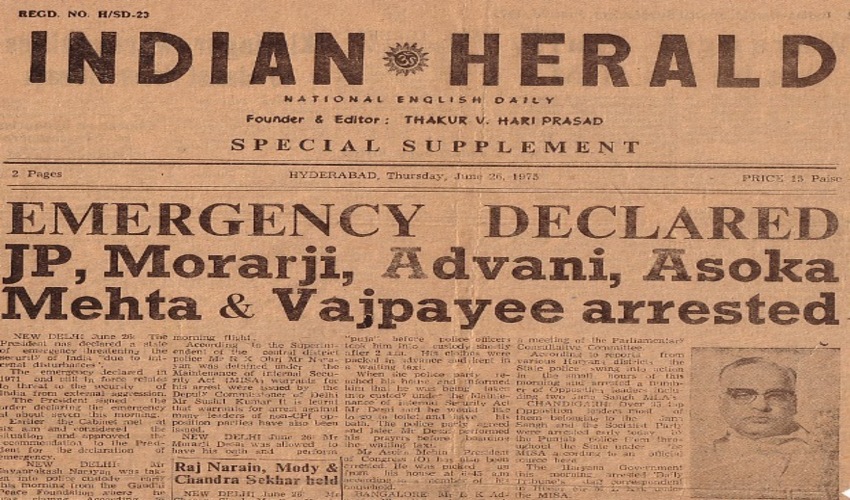
|
1975 |
| The Emergency Package: Shadow Power | |
| 1975 | |
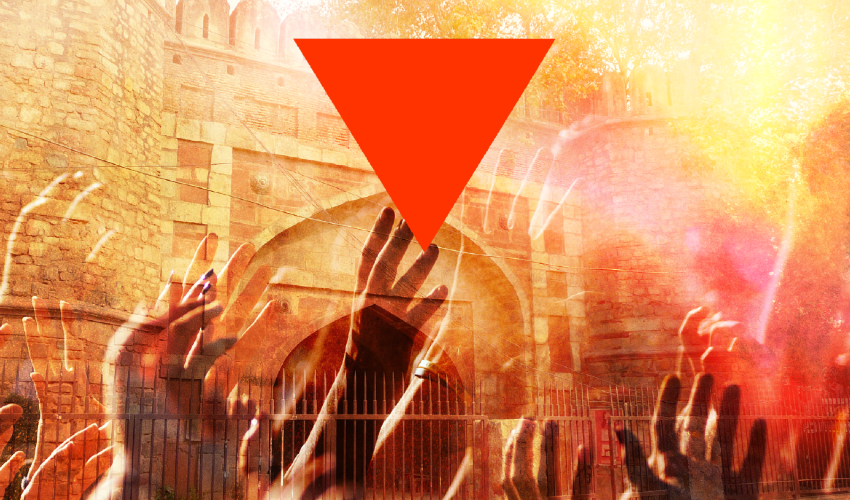
|
1975 |
| The Emergency Package: The Prehistory of Turkman Gate – Population Control | |
| 1977 – 2011 | |
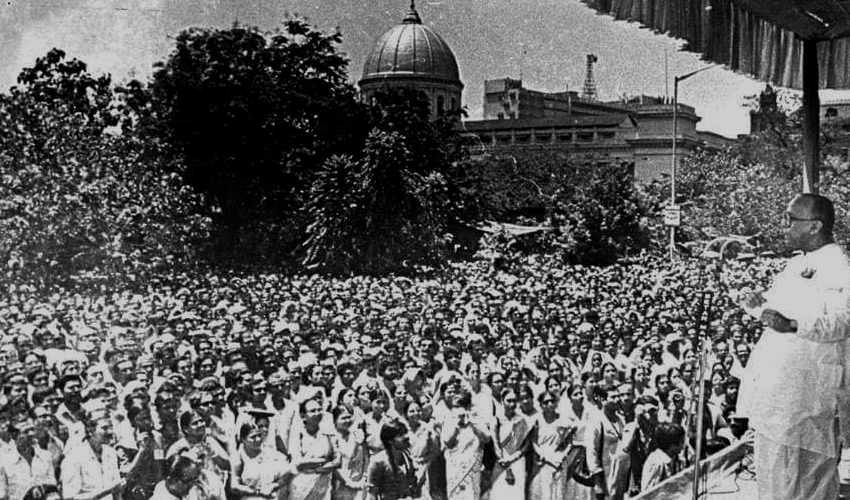
|
1977 – 2011 |
| Power is an Unforgiving Mistress: Lessons from the Decline of the Left in Bengal | |
| 1984 | |

|
1984 |
| Mrs Gandhi’s Final Folly: Operation Blue Star | |
| 1916-2004 | |
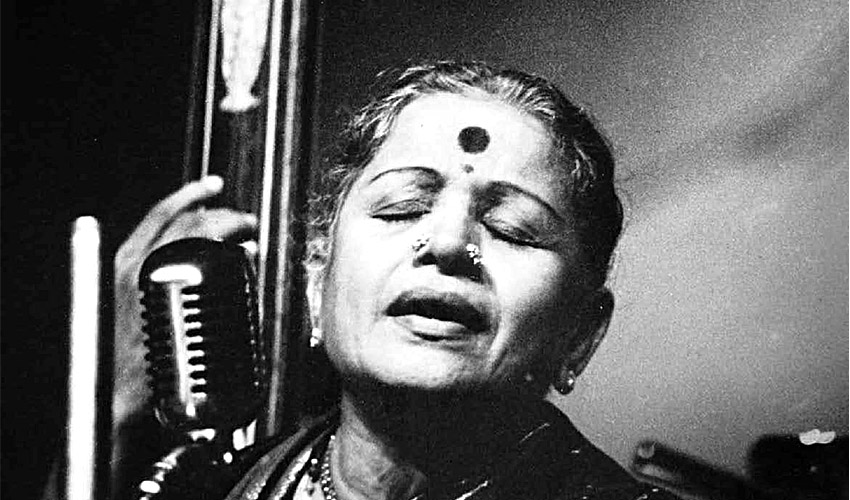
|
1916-2004 |
| Amjad Ali Khan on M.S. Subbulakshmi: “A Glorious Chapter for Indian Classical Music” | |
| 2008 | |
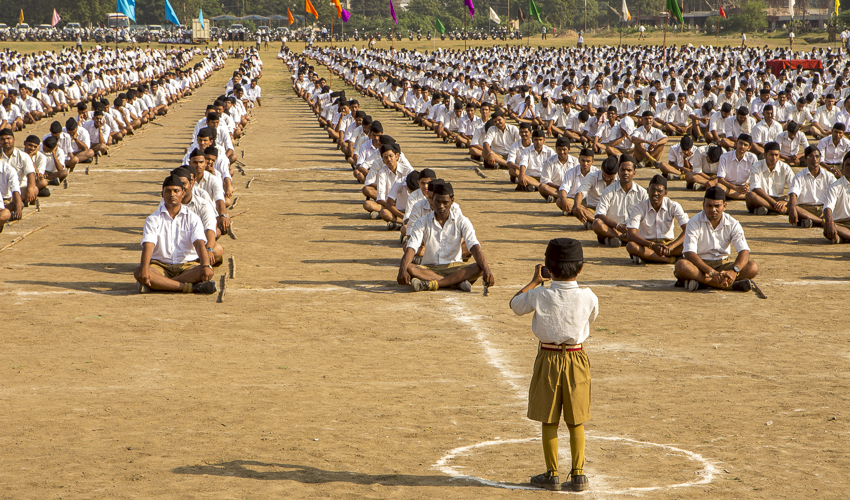
|
2008 |
| Whose History Textbook Is It Anyway? | |
| 2006 - 2009 | |
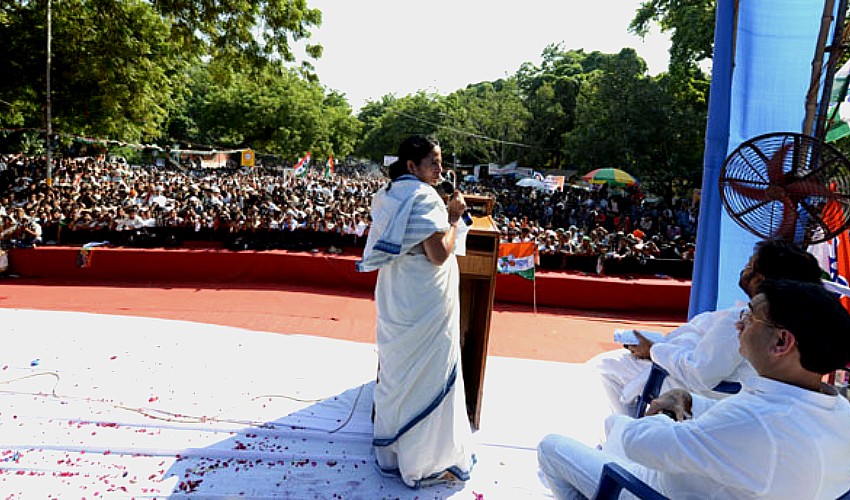
|
2006 - 2009 |
| Singur-Nandigram-Lalgarh: Movements that Remade Mamata Banerjee | |
| 2020 | |

|
2020 |
| The Indo-China Conflict: 10 Books We Need To Read | |
| 2021 | |

|
2021 |
| Singing/Writing Liberation: Dalit Women’s Narratives | |
Leave a Reply